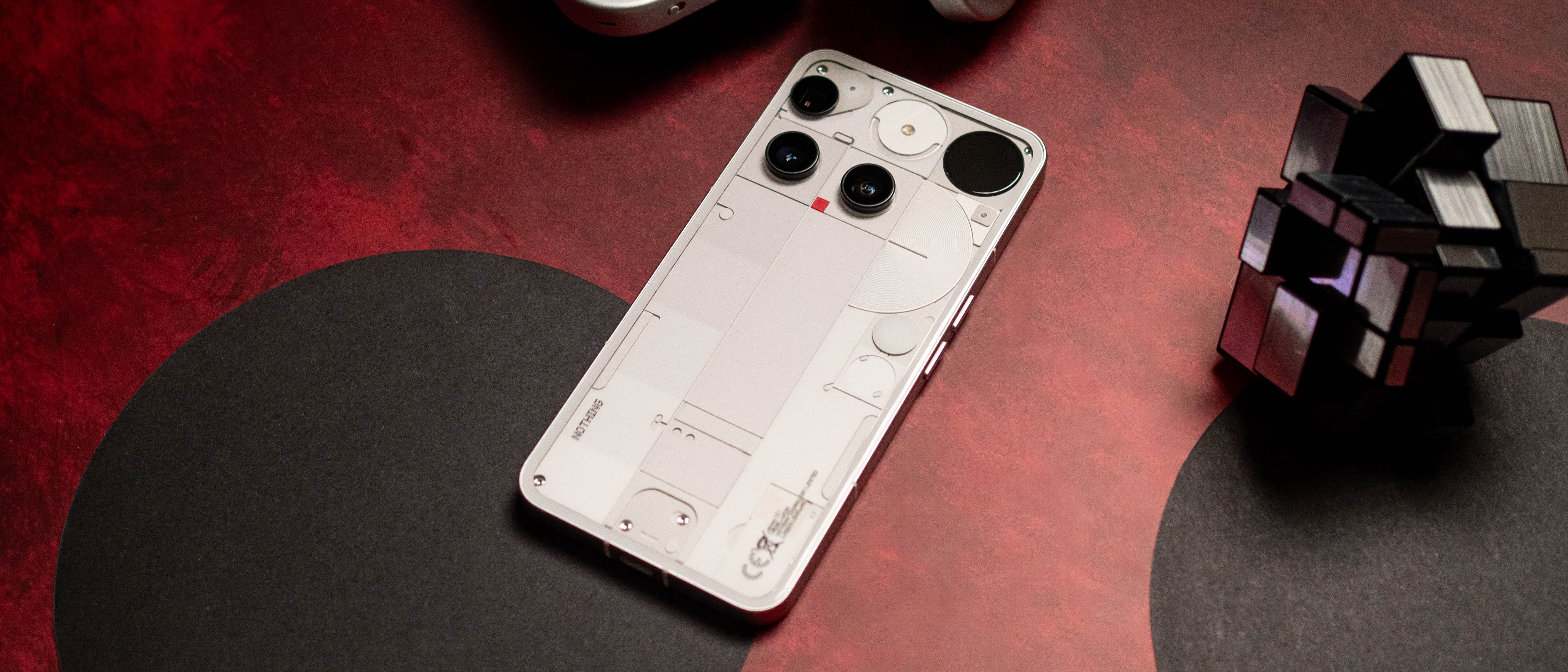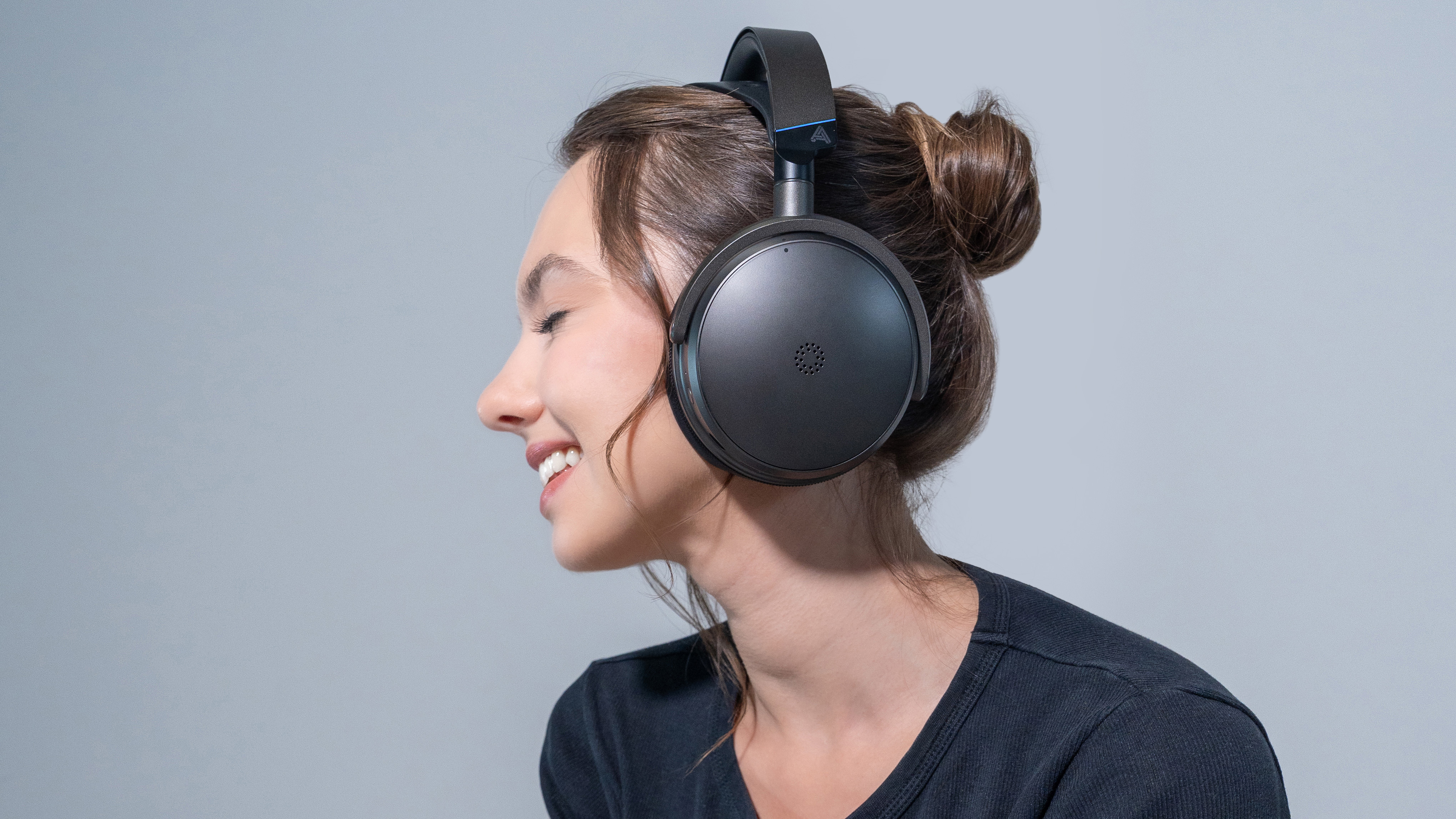Android Central Verdict
The Phone 3 is nothing short of the brand's best device. The design is all grown up, but you still get the quintessential Nothing ethos with bold styling and a new Glyph Matrix LED at the back. It has symmetric bezels at the front, a decent-sized battery (in India), and 65W charging. Nothing OS 3.5 is easily one of the best software interfaces around, and you get plenty of unique additions. The cameras are much better than previous years as well. However, they don't measure up to Chinese rivals, the hardware is distinctly second-best, it isn't launching with Android 16, and the phone just isn't worth the $799 asking price.
Pros
- +
Unique design with LED dot matrix panel at the back
- +
Thoughtful software with useful extras
- +
Much better cameras than predecessor
- +
Vibrant OLED panel
- +
Good battery life with 65W charging
- +
IP68 dust and water resistance
Cons
- -
Misses out on the Snapdragon 8 Elite
- -
Cameras not as good as Chinese rivals
- -
No LTPO tech or IP69
- -
Launching with Android 15
- -
Overheating issues
- -
Doesn't justify the cost
Why you can trust Android Central
With the Phone 3a and CMF Phone 2 Pro, Nothing proved that it knows how to make terrific budget phones. The brand's unique design philosophy combined with its focus on delivering a great value allowed it to carve out a niche in markets like India, and that's no small feat.
Nothing is now aiming to emulate the same with the Phone 3, a flagship that's designed to go toe-to-toe with the likes of the Vivo X200, OnePlus 13, Xiaomi 15, and the Pixel 9. At the outset, there's plenty to like with the phone; it retains Nothing's design ethos, and you get a new Glyph Matrix pattern at the back with better usability.
The software is among the best of any phone you'll find in 2025, with Nothing delivering a clean interface that's vibrant and playful — just like the hardware design — along with useful additions like Essential Space.
But the biggest downside has to do with the hardware; the Phone 3 misses out on Qualcomm's flagship Snapdragon 8 Elite chipset, and is instead powered by the Snapdragon 8s Gen 4, a mid-range platform seen on devices like the POCO F7 and iQOO Neo 10. It isn't just the chipset either; you don't get many of the features available on Chinese rivals, like IP69 water resistance.
Combine all of that with the $799 asking price, and the Phone 3 isn't anywhere as good a value as its budget-focused siblings. Don't get me wrong, it is still a great overall phone, but it just isn't worth the price — not when there are better alternatives available.
Nothing Phone 3: Specs, pricing, and availability
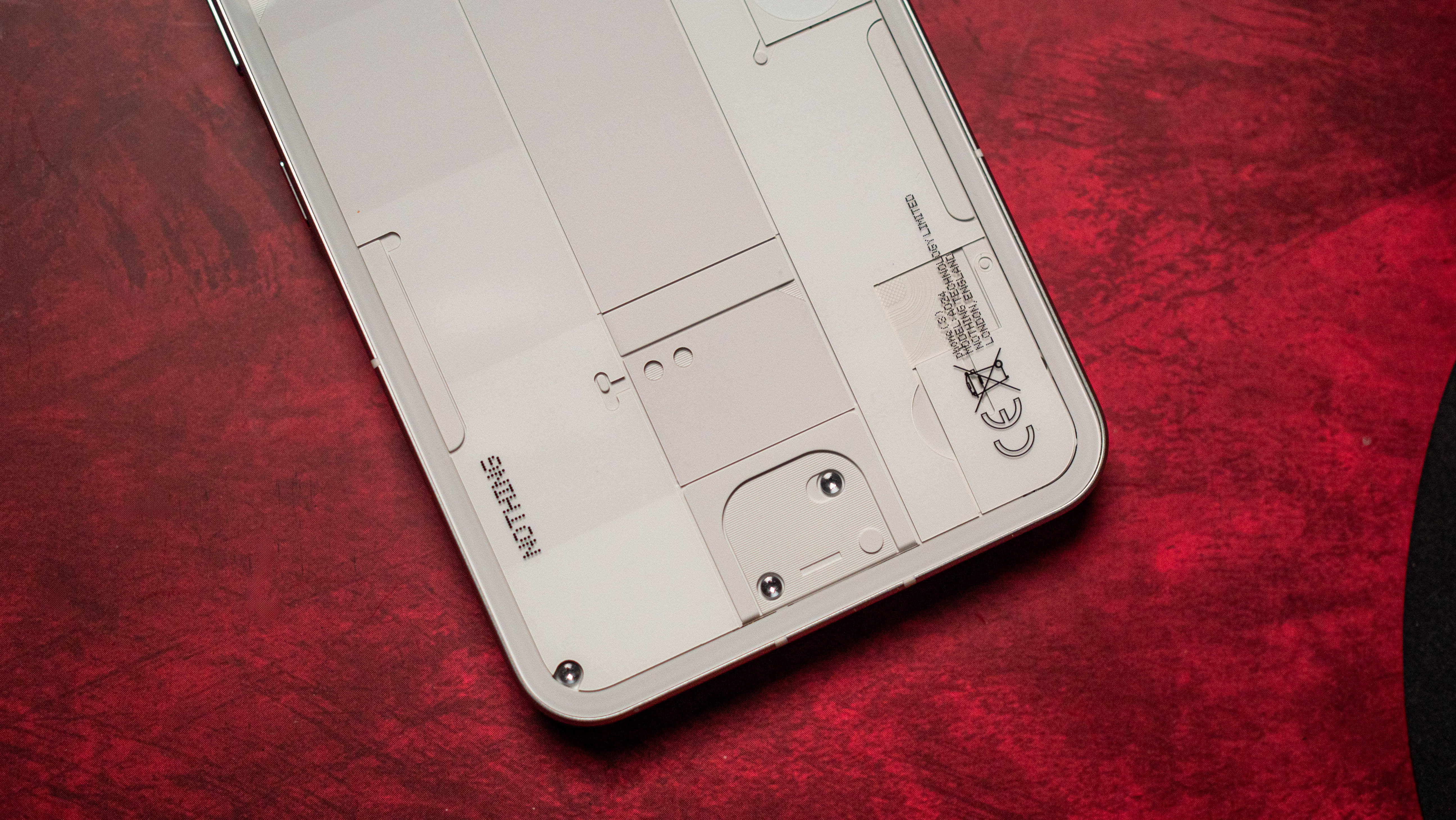
Nothing unveiled the Phone 3 at a launch event in London on July 1, and the phone is now up for pre-order, with availability starting July 15. Unlike Nothing's other phones, the Phone 3 is sold in the U.S., a welcome move. It costs $799 for the 12GB/256GB version, and $899 for the 16GB/512GB model.
Over in India, the Phone 3 starts at ₹79,999 ($933) for the 12GB/256GB model, and ₹89,999 ($1,050) for the 16GB/512GB edition. In the U.K., the Phone 3 is sold at £799 ($1,088) for the 12GB/256GB model, and £899 ($1,224) for the 16GB/512GB variant. In other parts of Europe, you'll need to shell out €799 ($937) to get the 12GB/256GB model, and €899 ($1,055) for the 16GB/512GB configuration.
Get the latest news from Android Central, your trusted companion in the world of Android
Category | Nothing Phone 3 |
|---|---|
Display | 6.67-inch 120Hz OLED, Gorilla Glass 7i, 1,600 nits max |
OS | Nothing OS 3.5 based on Android 15 |
Chipset | Qualcomm Snapdragon 8s Gen 4, Adreno 825, 4nm node |
RAM | 12GB/16GB |
Storage | 256GB/512GB UFS 4.0 |
Rear camera 1 | 50MP f/1.7 OmniVision OV50H, OIS |
Rear camera 2 | 50MP f/2.7 ISOCELL JN5, 3x optical zoom, OIS |
Rear camera 3 | 50MP f/2.2 ISOCELL JN1 wide-angle |
Front camera | 50MP ISOCELL JN1, 4K60 video |
Ingress protection | IP68 dust and water resistance |
Connectivity | Wi-Fi 7, Bluetooth 6.0, NFC, Dual-band GPS, AptX HD |
Security | Optical fingerprint sensor |
Audio | USB-C, stereo sound |
Battery | 5,150mAh silicon-carbon battery (5,500mAh in India), 65W USB PD charging, 15W wireless charging |
Dimensions | 160.6 x 75.6 x 9mm, 218g |
Colors | White, Black |
Nothing Phone 3: Design
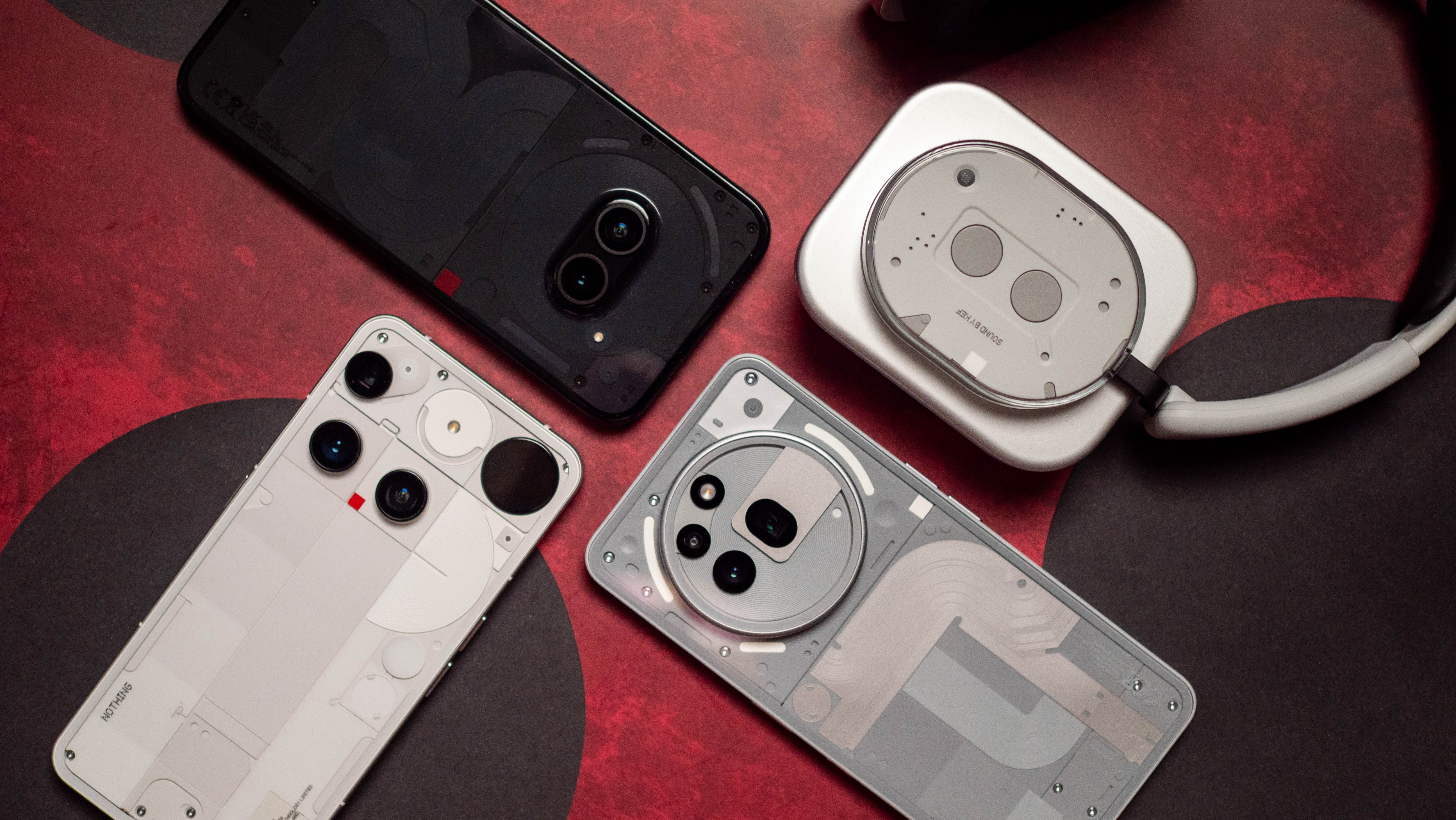
- The Phone 3 gets a new design, but it still maintains the Nothing ethos.
- The highlight is a new LED dot matrix grid at the back that's highly customizable.
- The phone is heavier than its rivals, but still has a good in-hand feel.
The Phone 3 showcases the evolution of Nothing's design language; while it isn't as flamboyant as its predecessors, it still retains the same ethos — and it's just as distinctive. There's no mistaking it for any other phone, and that in itself is noteworthy in a sea of similar-looking devices.
Dominating the back is the new Glyph Matrix pattern that's made up on 489 individually-addressable LEDs — Nothing says it delivers a "more intentional kind of interaction." There's a button at the back that lets you interact with the Glyph Matrix, essentially allowing you to cycle between the options available. It is well-thought-out, and definitely adds to the quirkiness of the device without being gimmicky. You can even use the grid as a fill light.
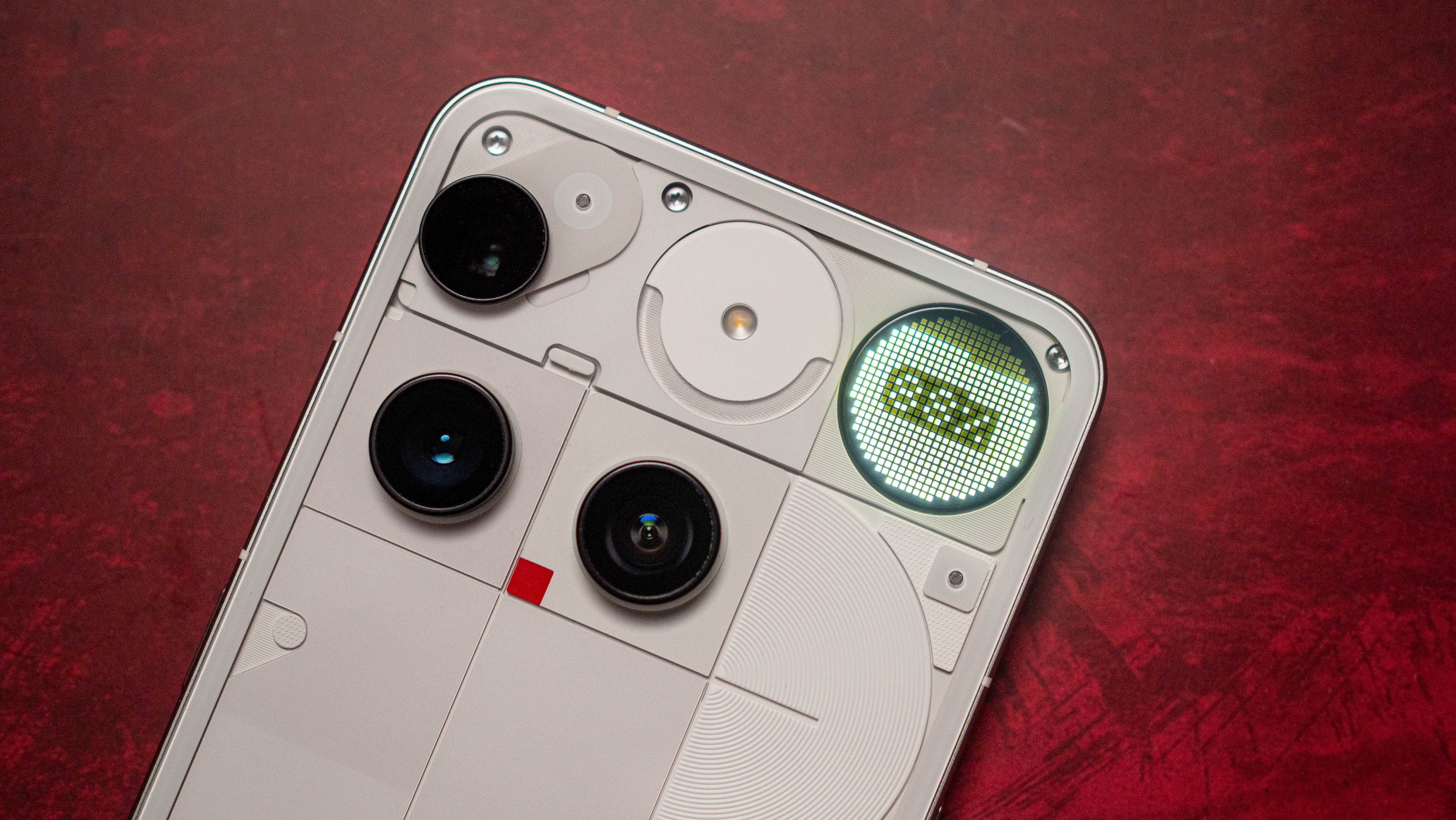
It is a definite step up over the LED lighting that was seen on the Phone 1 and Phone 2, and you get various Glyph Toys, such as a digital clock, stopwatch, a spin the bottle game, volume indicator, battery indicator, and so on. Nothing says additional Toys will be available over the coming months.
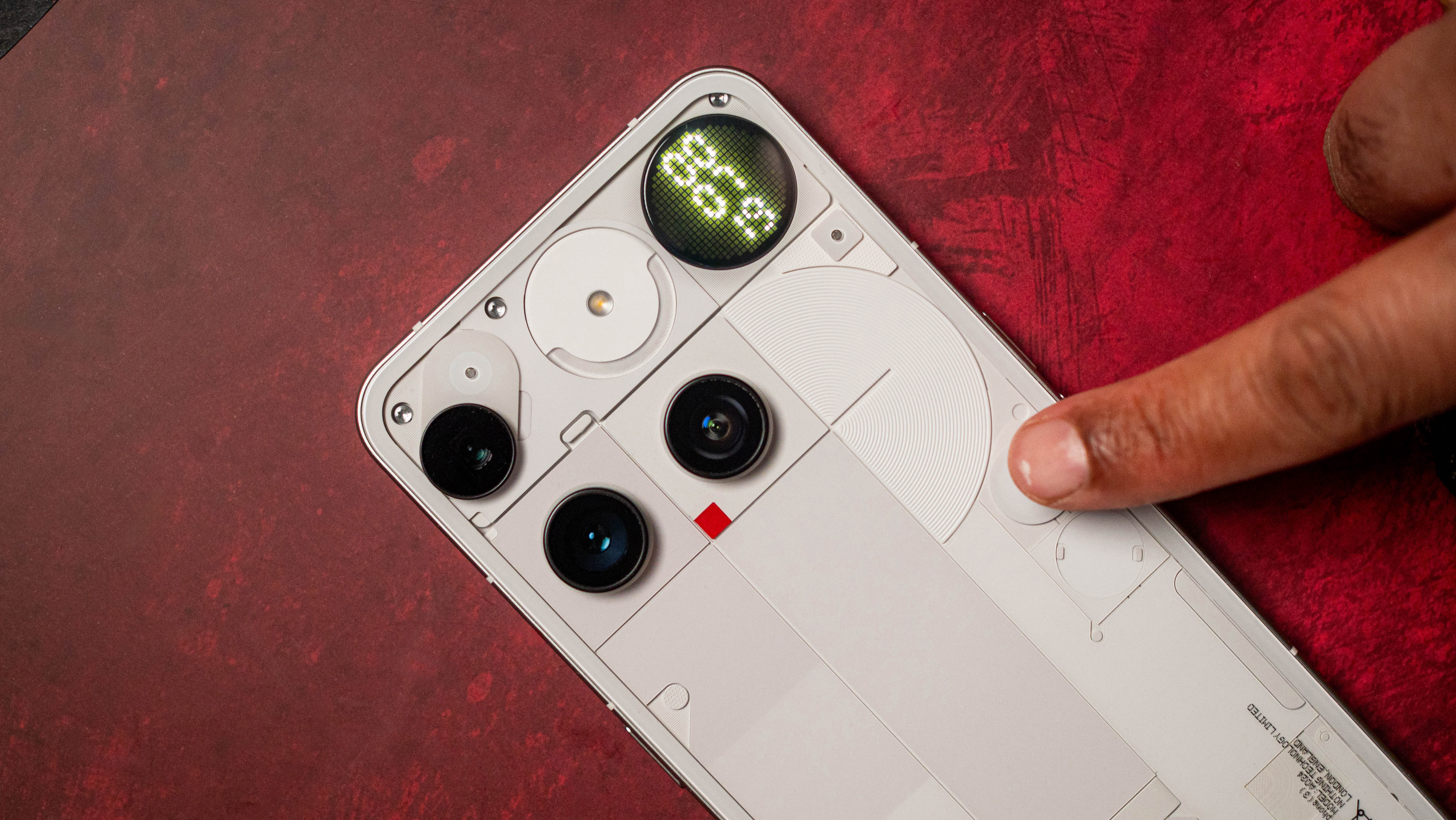
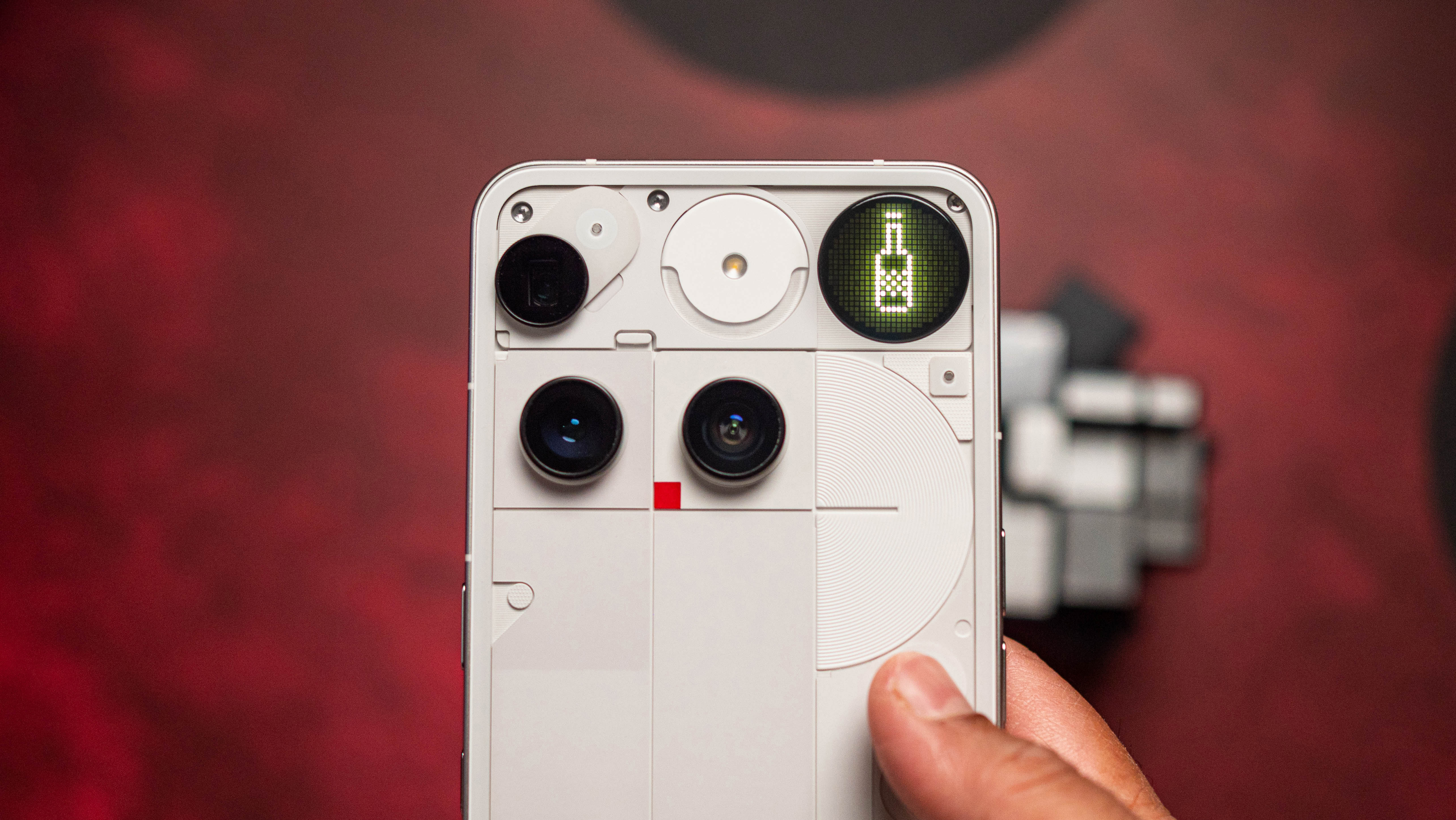
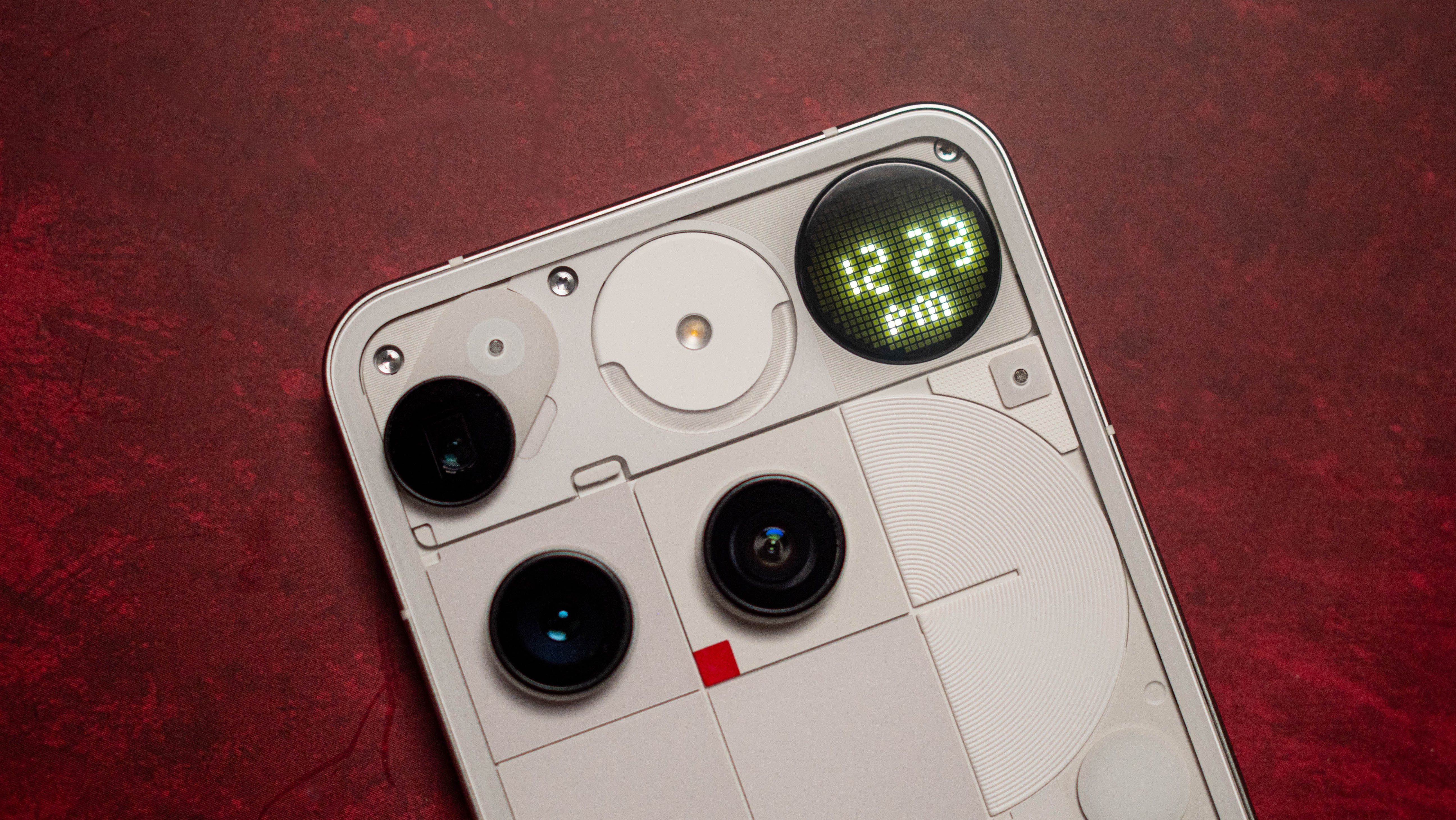
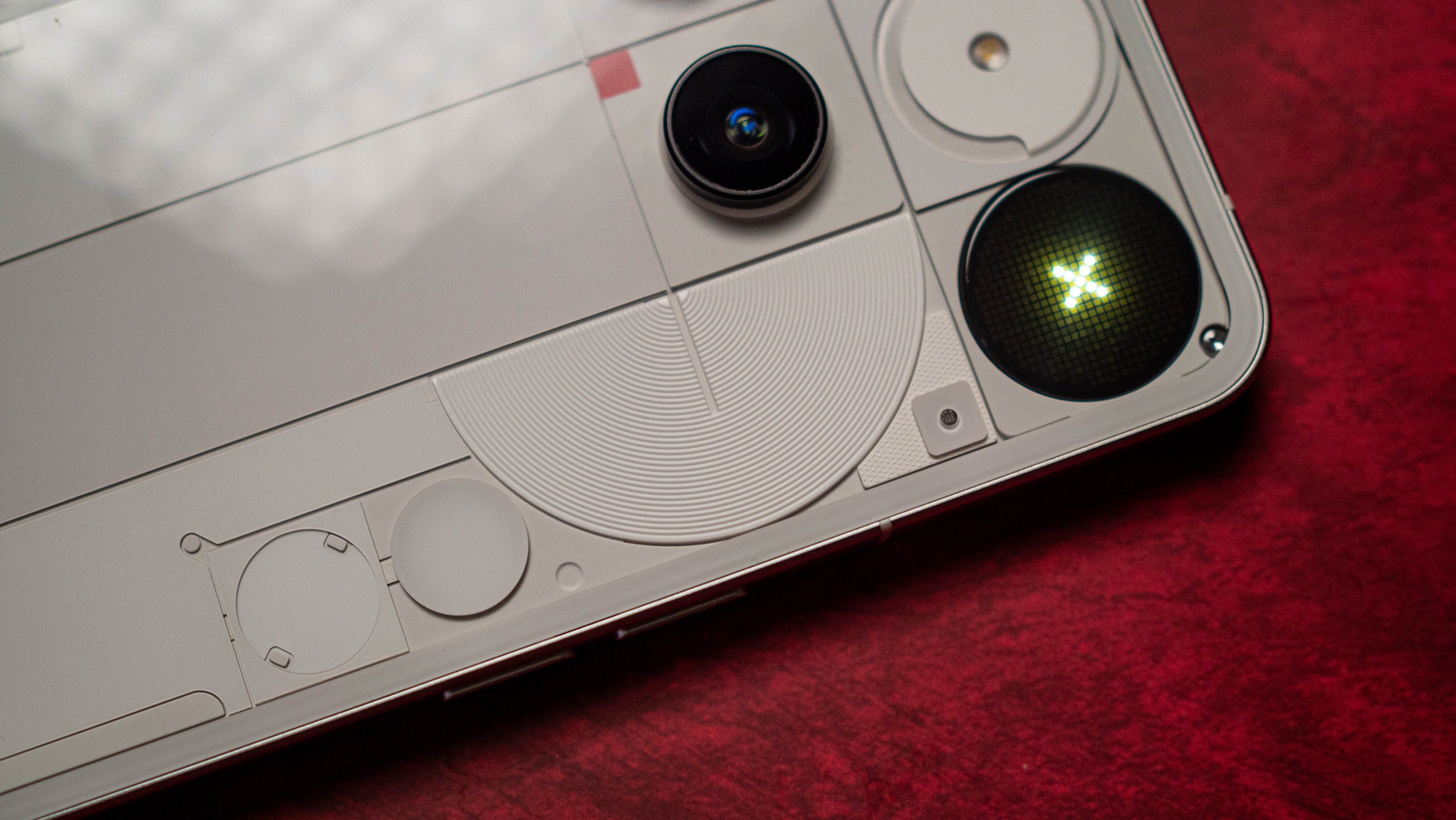
The camera modules are ensconced in individual rings, and they don't protrude too much from the body — there's no wobble when using the Phone 3 on a table. At 218g, it is heavier than other devices in this category, but it isn't unwieldy to use even though it has flat sides. Nothing did all the right things with material choices; the Phone 3 has an aluminum mid-frame and a glass back that's protected by Corning's Gorilla Glass Victus.
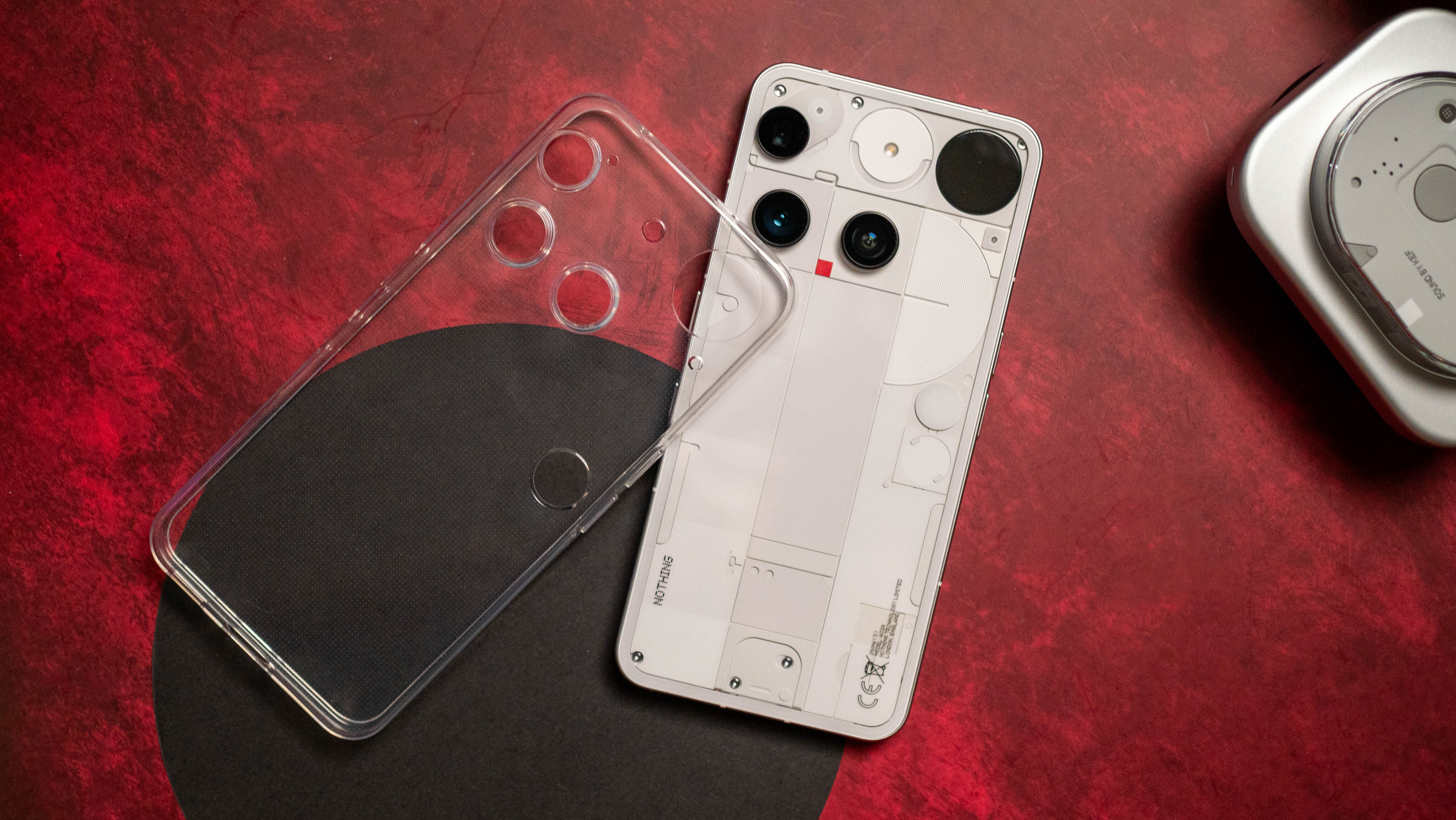
Another new addition is the Essential Key that sits below the power button; you use it to launch Essential Space, a "second memory" that lets you store just about everything with just the press of a button. I like the feature quite a bit, and the only drawback is that the Essential Key doesn't quite have the same tactility as the power button.
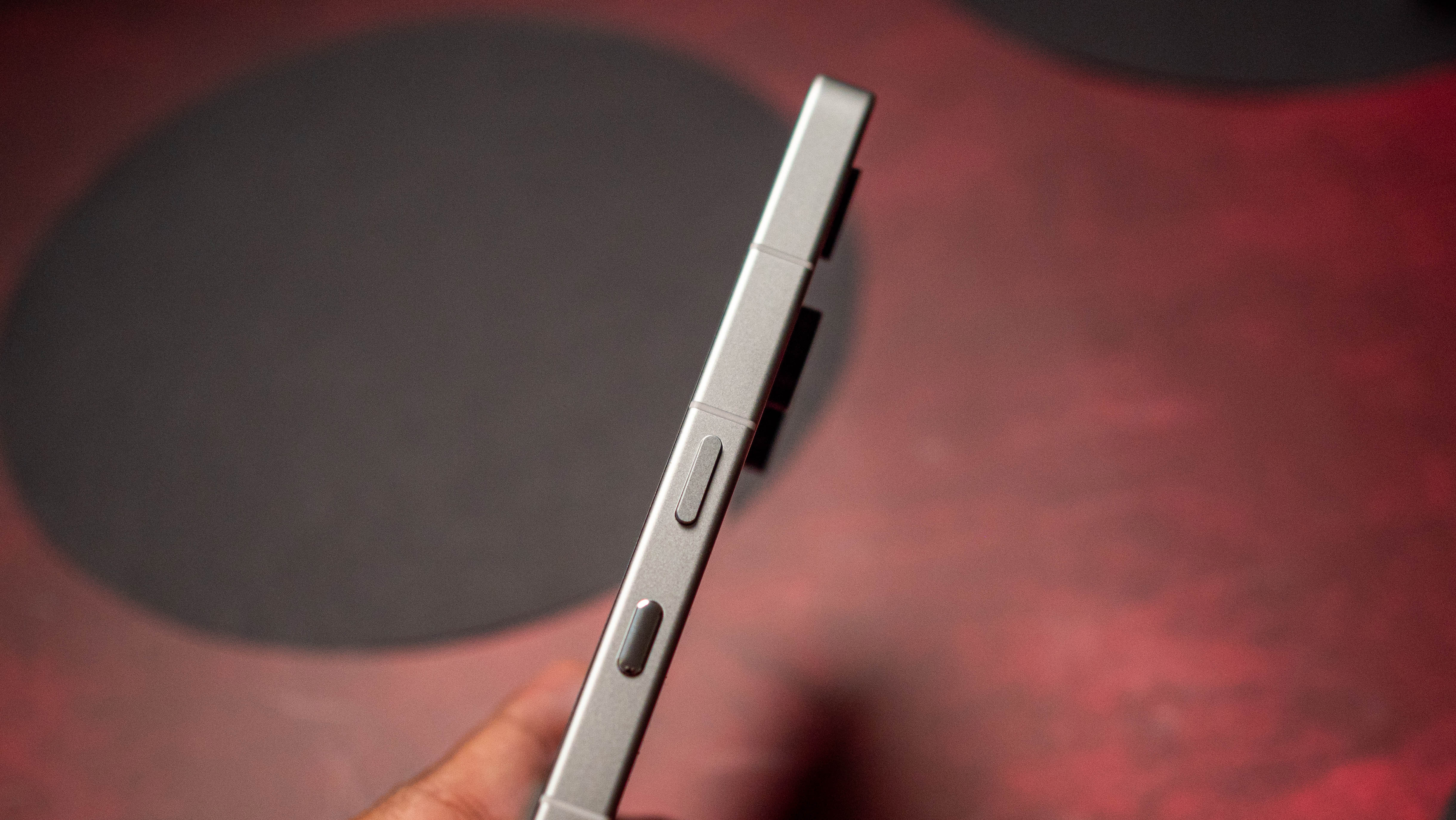
The only other problem with the design is that the optical fingerprint sensor sits a little too low on the panel, making it awkward to access. The sensor itself is fast to authenticate, and I didn't see any issues in the week I used the Phone 3, but the positioning isn't ideal.
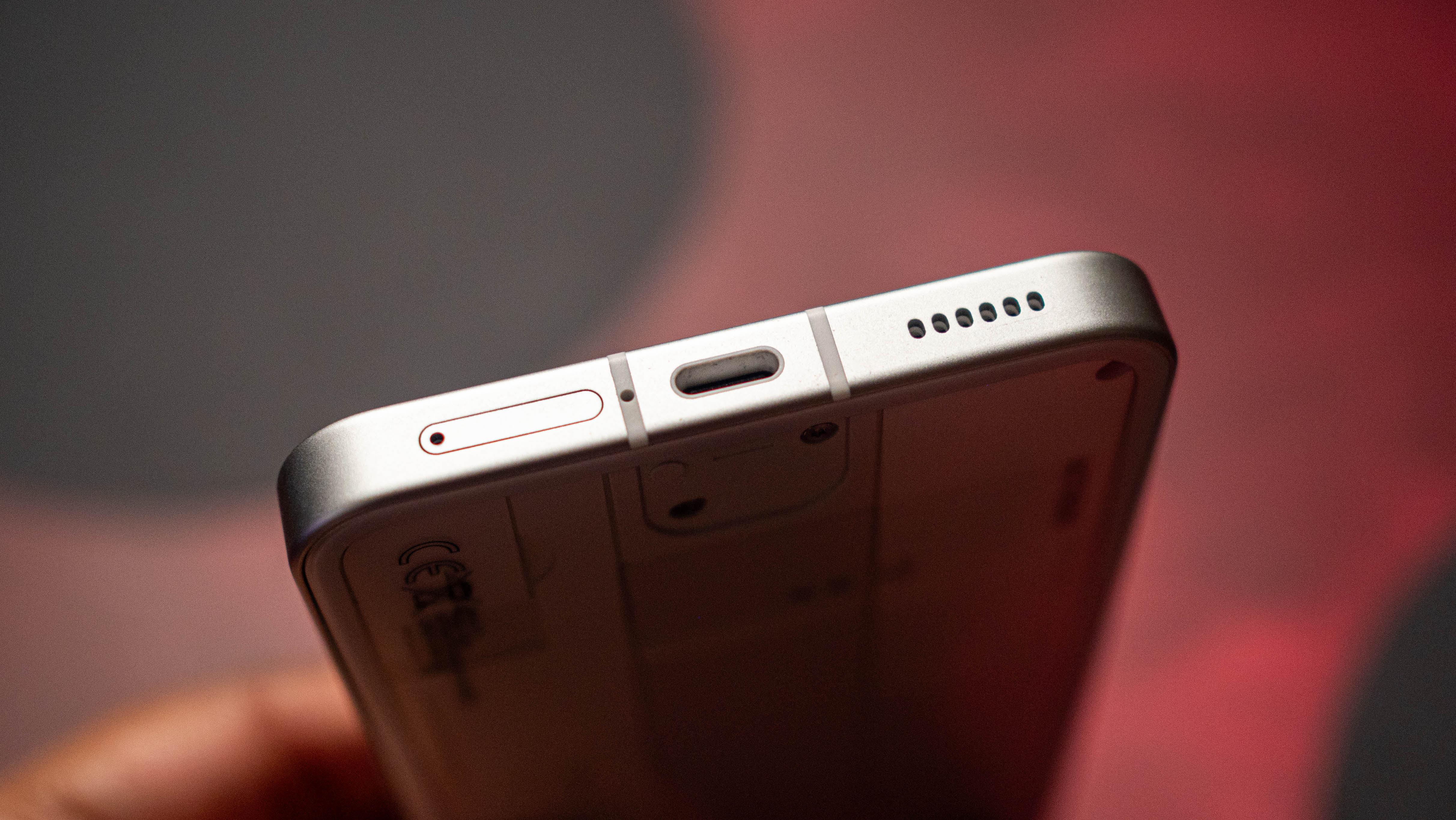
Rounding out the design, the Phone 3 gets IP68 dust and water resistance. It doesn't have IP69, but that isn't a huge omission as these things go. The overall aesthetic with the Phone 3 is cleaner, and you get the sense that Nothing went for a mature design while maintaining its ethos.
Nothing Phone 3: Display
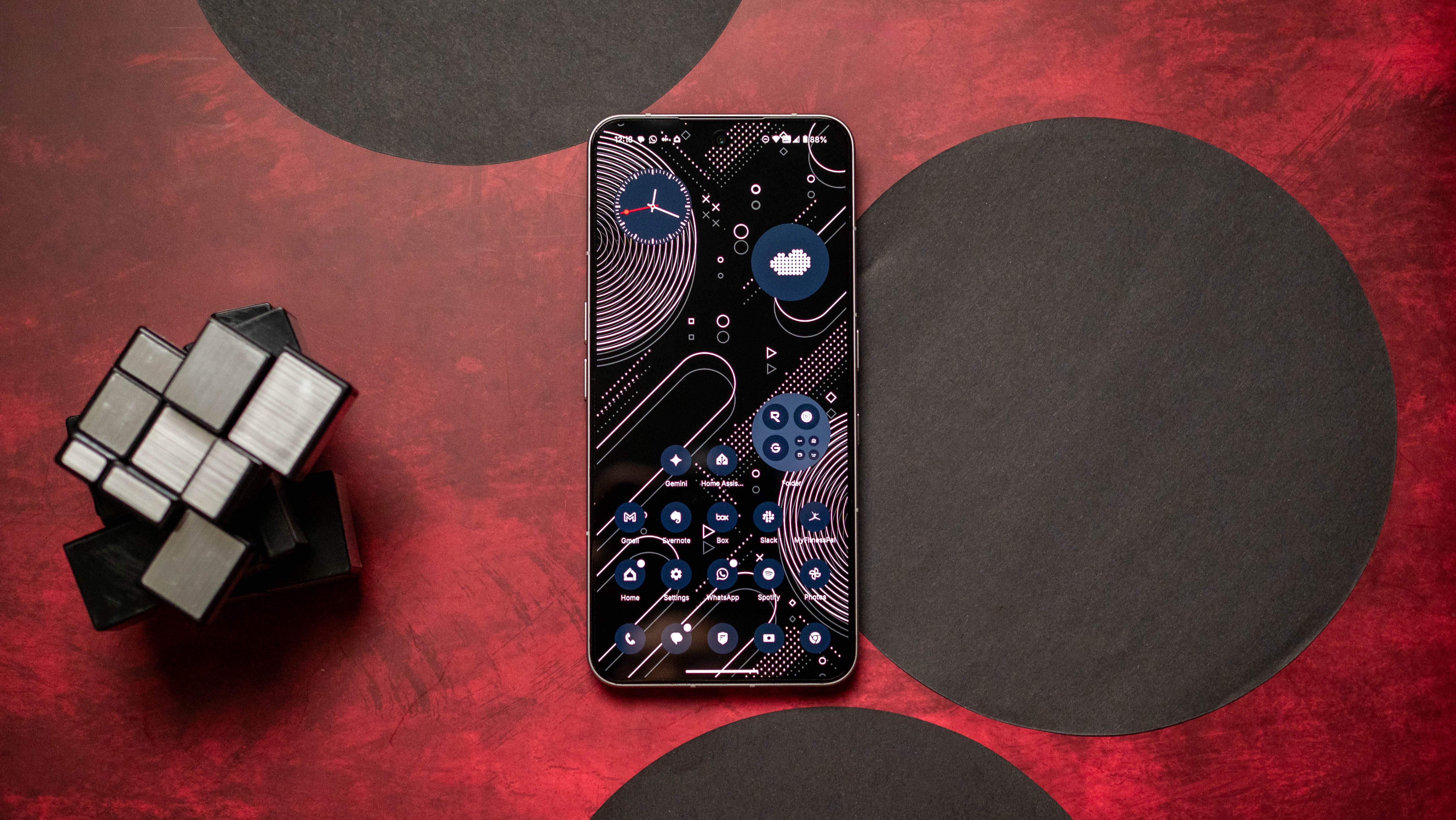
- There's a 6.67-inch 120Hz OLED, but you don't get LTPO tech.
- The phone has good brightness levels and decent onboard sound.
- It uses Gorilla Glass 7a instead of Victus 2.
The Phone 3 gets a 6.67-inch OLED panel with 120Hz refresh. It uses a 1.5K resolution (2800 x 1260) and goes up to 1,600 nits in auto mode, hitting 4,500 nits in HDR content. Annoyingly, it misses out on LTPO tech, which was standard on the Phone 2. That means the phone doesn't go any lower than 30Hz when viewing static content; most other devices in this category go to 1Hz.
The panel itself is vibrant, and it has great color accuracy. You don't get much in the way of customizability — there are just two color modes available — but you can manually alter the warmth of the panel. It has HDR10+ by default, and uses Android's built-in Ultra HDR standard when viewing photos and videos. It gets bright enough in regular use that I didn't see any issues even while using the phone under harsh sunlight.
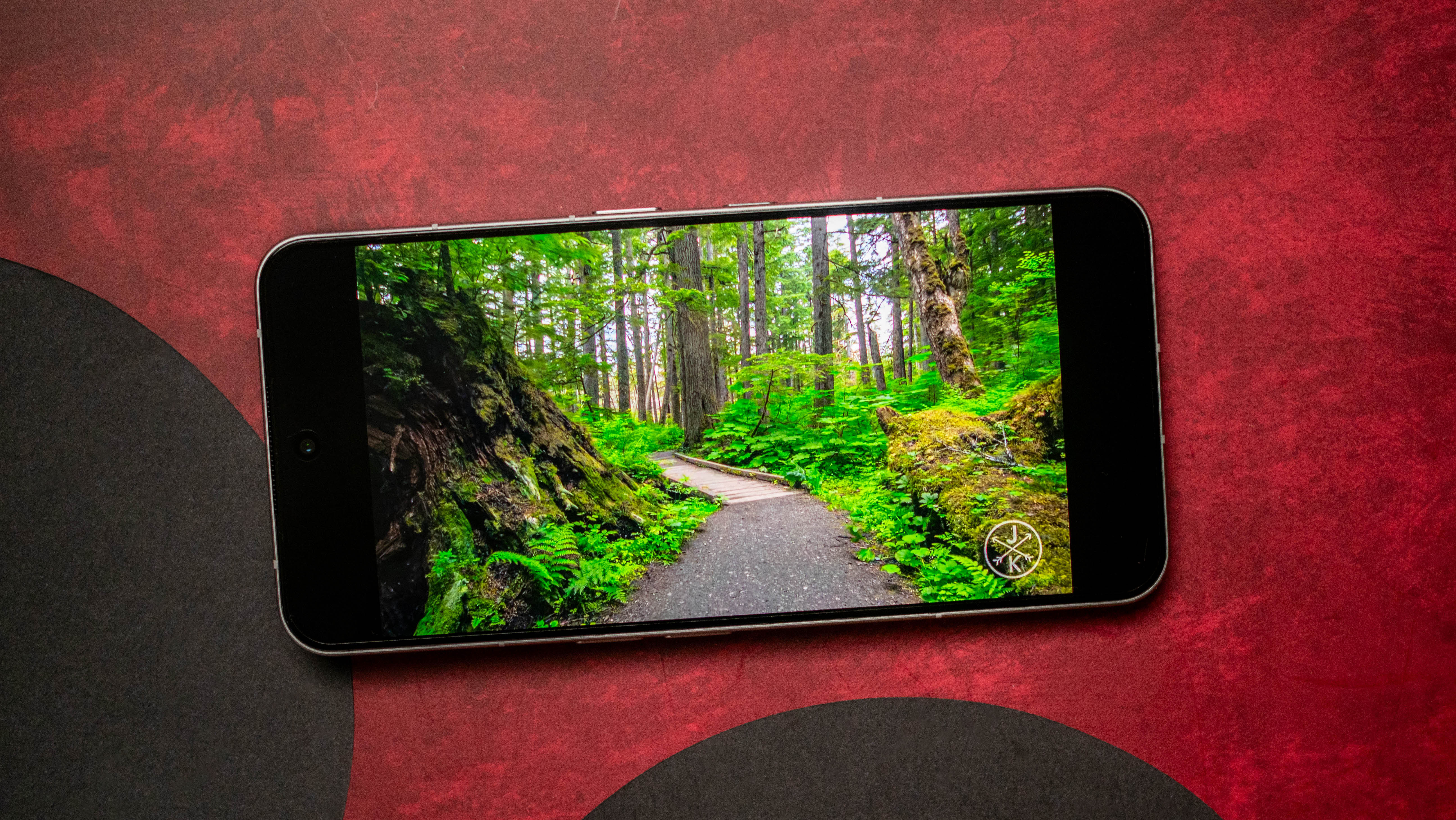
There's 2,160Hz PWM dimming, but unlike Vivo and iQOO phones, that isn't across the entire brightness scale — you'll need to crank up the brightness to notice a difference. You get a decent stereo sound, and I didn't have any problems with the onboard audio.
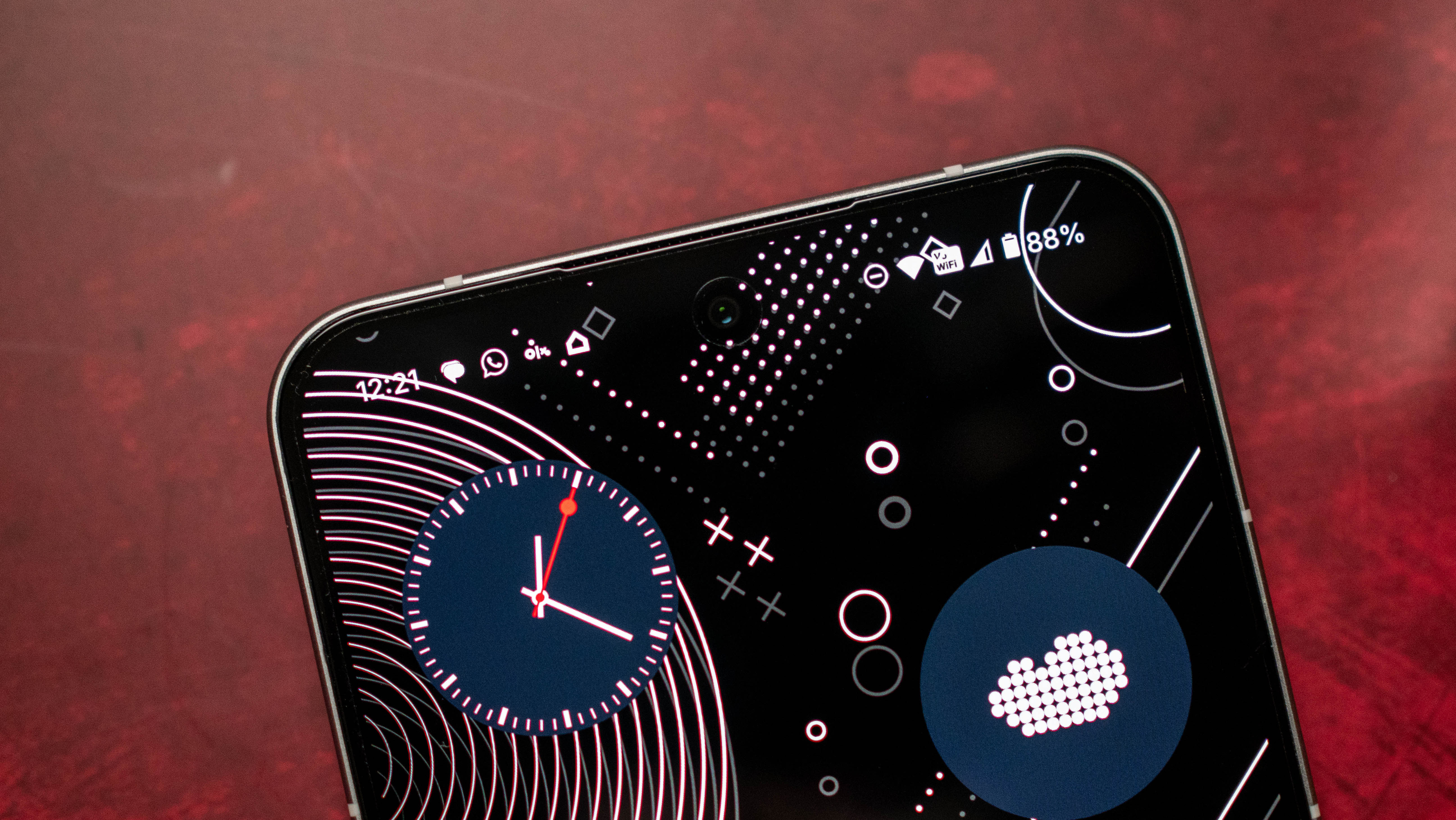
The Phone 3 uses Gorilla Glass 7i instead of Victus. While Gorilla Glass 7i is decent enough, it just doesn't hold up to everyday use, and I already broke a phone this year that featured this protective coating. So I didn't take any chances and left the pre-installed screen protector as is.
Nothing Phone 3: Performance
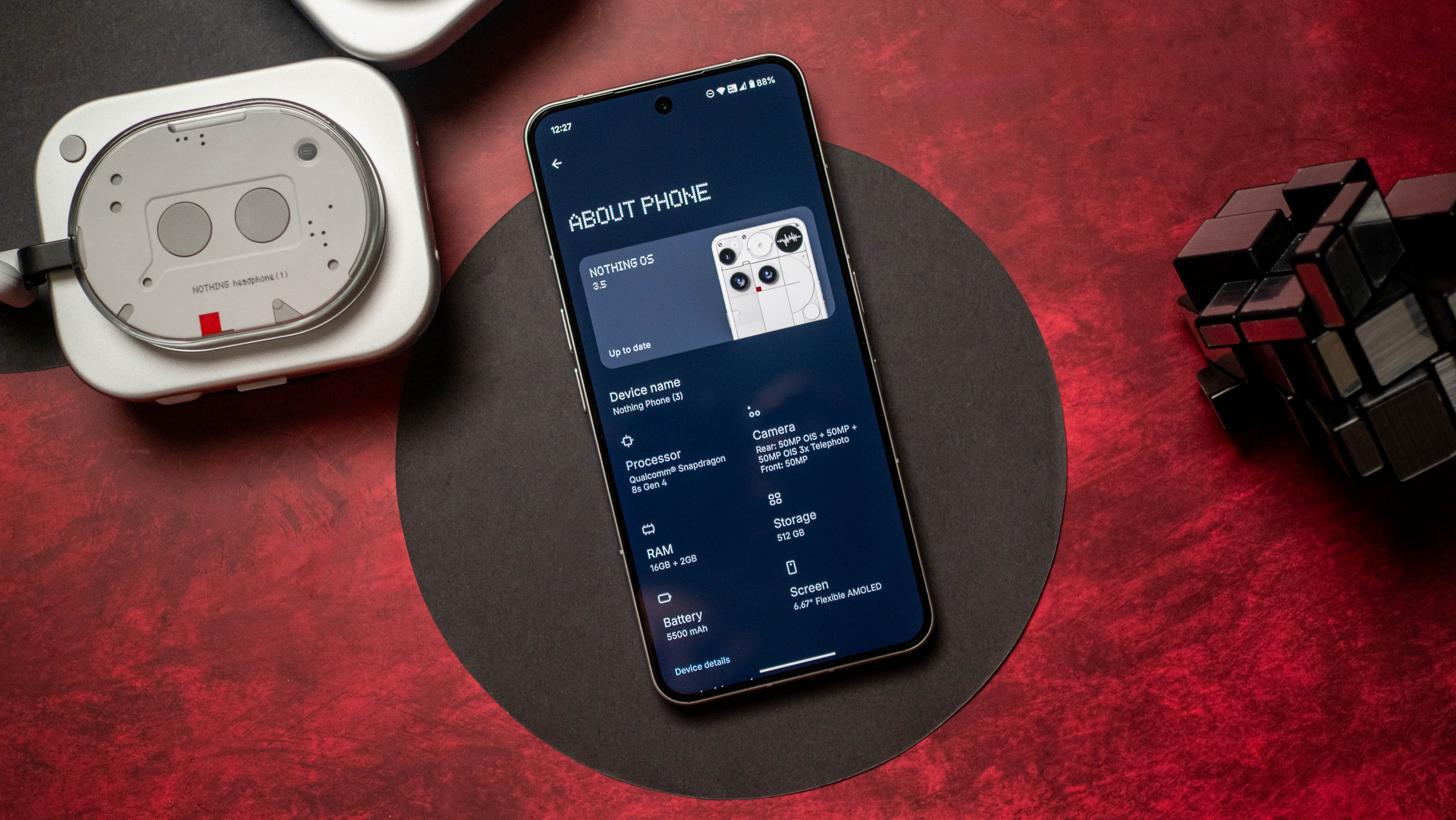
- The Phone 3 misses out on Snapdragon 8 Elite, and instead runs Snapdragon 8s Gen 4.
- It doesn't measure up as a gaming phone, and overheats.
Controversially, the Phone 3 uses Qualcomm's Snapdragon 8s Gen 4 instead of the Snapdragon 8 Elite. The 4nm node has plenty to offer, but it misses out on the latest cores, doesn't have the same efficiency, and just isn't as fast.
I used the 8s Gen 4-powered iQOO Neo 10 and POCO F7, and the Nothing Phone 3 is much the same; it is fluid in daily use and I didn't see any slowdowns, and it holds up well enough in visually-intensive games. That said, this isn't positioned as a gaming phone, and it just doesn't deliver the same rock-solid framerates that you get with true flagships.
Category | POCO F7 | Nothing Phone 3 | OnePlus 13s |
|---|---|---|---|
Geekbench 6 (single-core) | 2049 | 2077 | 2870 |
Geekbench 6 (multi-core) | 6275 | 6611 | 8453 |
Geekbench AI (Quantized Score) | 3590 | 3188 | 3641 |
3DMark Wild Life Extreme (score) | 4246 | 3918 | 6062 |
3DMark Wild Life Extreme (FPS) | 25.4 | 23.4 | 36.3 |
3DMark Solar Bay (score) | 7558 | 7483 | 11061 |
3DMark Solar Bay (FPS) | 28.74 | 28.45 | 42.06 |
Thermal management isn't as effective as its Chinese rivals; the Phone 3 overheated while running 3DMark's Steel Nomad Light endurance test, and that wasn't the case on any other 2025 phone I tested. I got a reading of 56 degrees Celsius on the back of the device, and that's at least six degrees hotter than any Snapdragon 8 Elite device I used. In fact, only the Nubia Z70 Ultra got hotter in my testing, and that device doesn't have any thermal limitations.
There are other shortcomings; the USB-C port is based on the older USB 2.0 standard, and you're limited to slower transfers when connecting an external SSD. Thankfully, there's Wi-Fi 7 and Bluetooth 6.0 alongside the usual AptX codec suite, and I didn't see any issues making calls or connecting to my home network. The vibration motor has good feedback, but you don't get the ability to customize the intensity of the engine.
Nothing Phone 3: Battery life
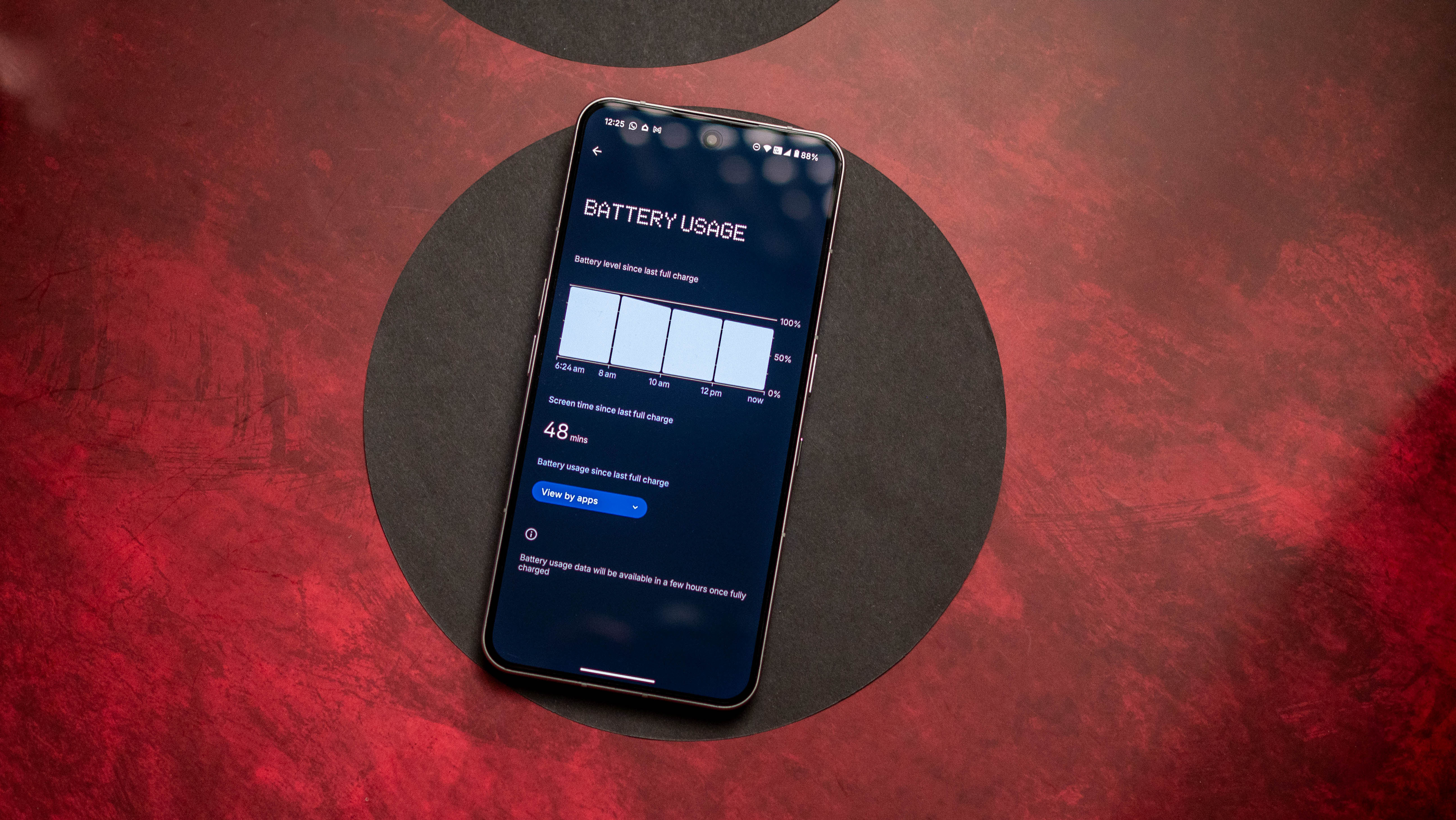
I'm using the 16GB/512GB edition of the Phone 3 in India, which has a 5,500mAh battery — other regions get a 5,150mAh battery. Like most flagships, the device uses a 10% silicon-carbon tech in the anode, delivering better energy density and longevity. The phone lasts all day on a full charge, and even with heavy use, I didn't need to plug in the device before the end of the day. It has 65W charging and takes just under an hour to charge the battery, but it goes to 50% in just over 22 minutes.
There's no charger included in the package, but as the device uses the standard USB PD 3.0 power profiles, you can use any PD GaN charger — I used the Nexode 500W charging station.
Nothing Phone 3: Cameras
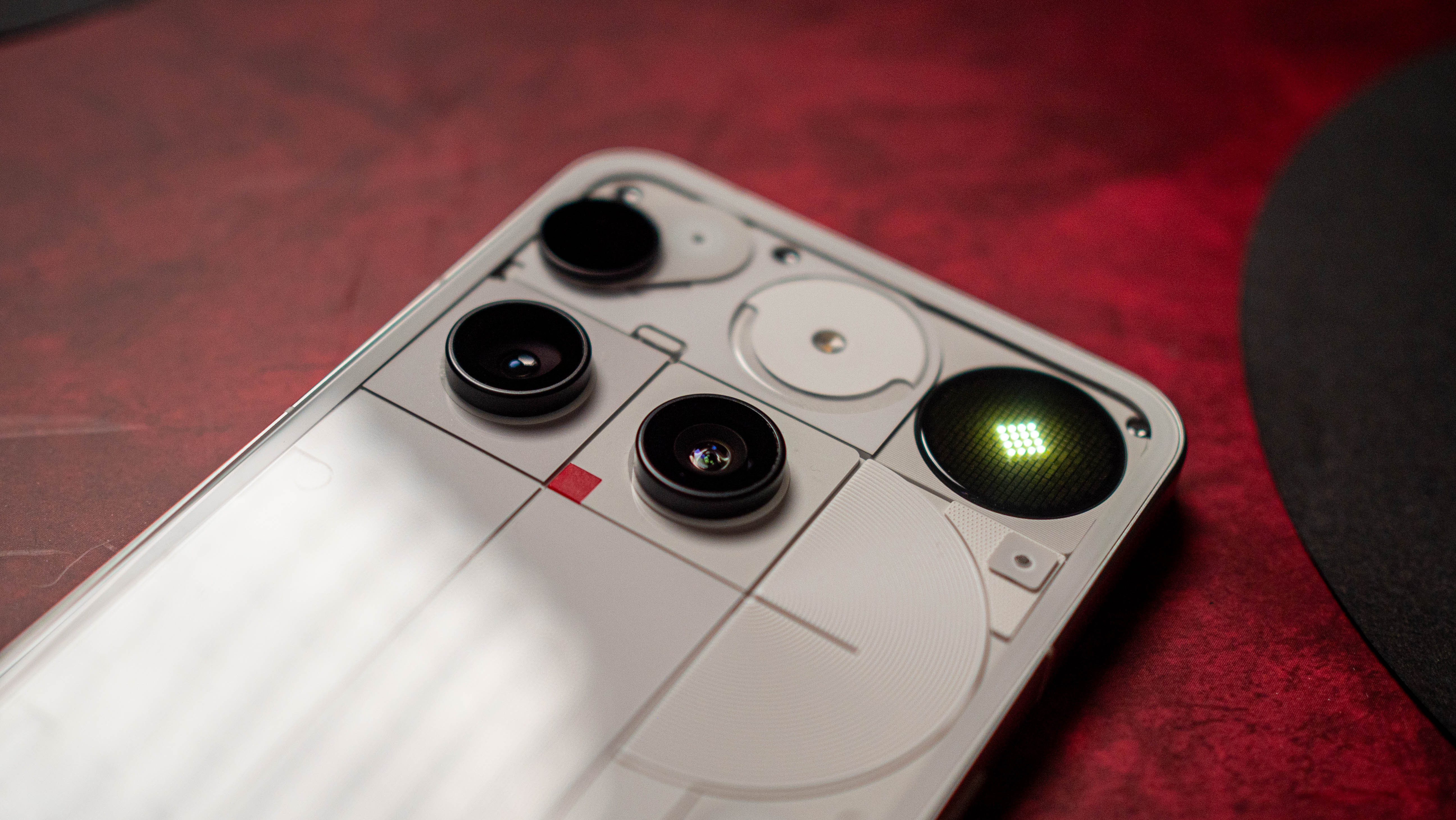
- The phone has a trio of 50MP cameras at the back and a 50MP lens at the front.
- It has the best cameras of any Nothing phone, and takes good photos/videos.
- However, it doesn't hold its own against Chinese rivals.
Nothing has a quartet of 50MP cameras on the back of the Phone 3. The device gets a 50MP f/1.7 OmniVision OV50H module with a 1/1.3-inch sensor and OIS, and it's joined by a 50MP f/2.7 Samsung ISOCELL JN5 sensor with 3x optical zoom and OIS. There's also a 50MP f/2.2 Samsung ISOCELL JN1 wide-angle lens, and Nothing outfitted the same 50MP JN1 module as the selfie lens.
The camera interface is minimal, you get the standard shooting modes in a grid at the bottom, and toggles to switch between the lenses. You don't get much in the way of filters or additional shooting modes, but the basics are covered. The phone gets 4K60 HDR video with all four sensors, and that's good to see.


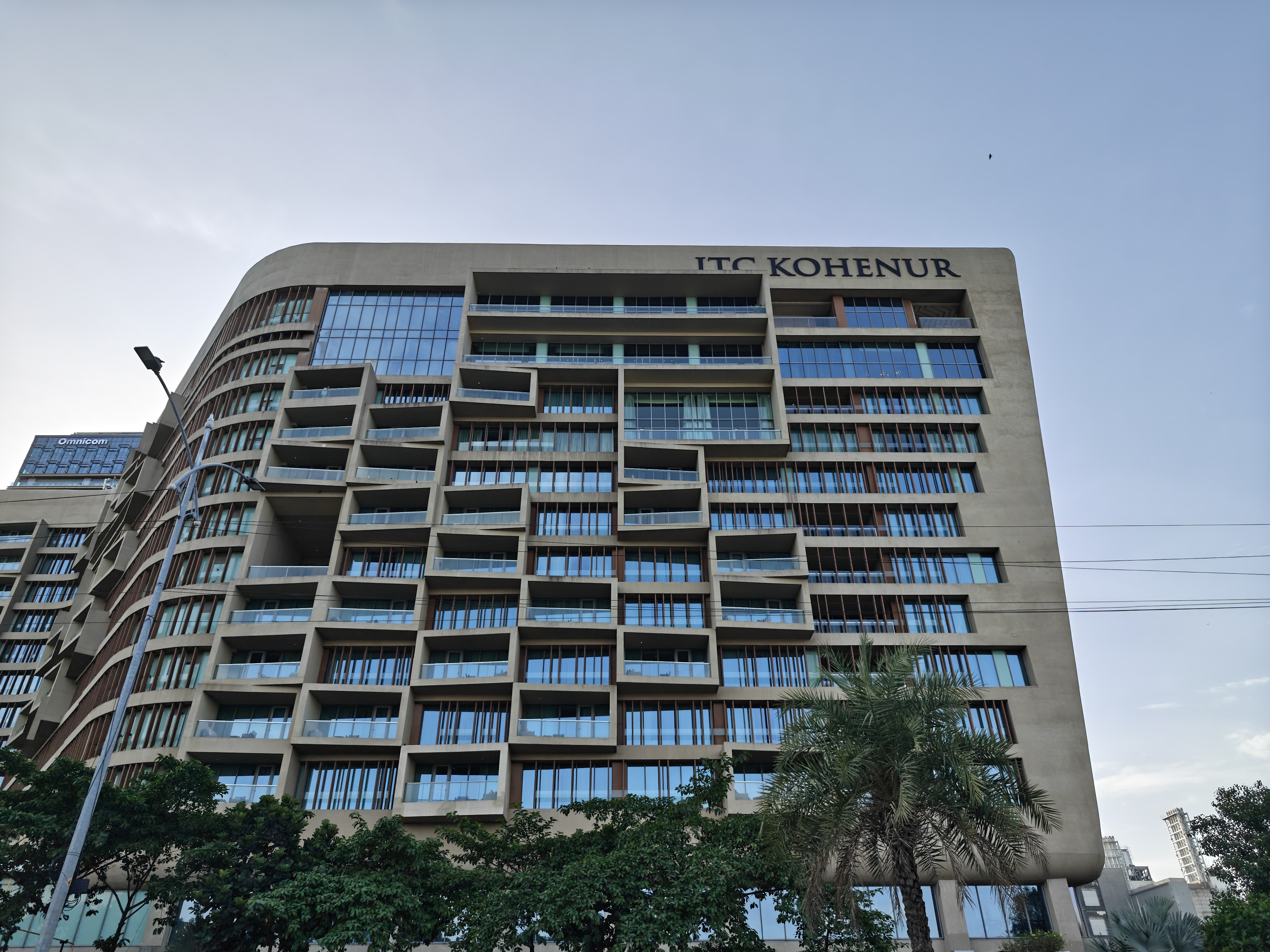
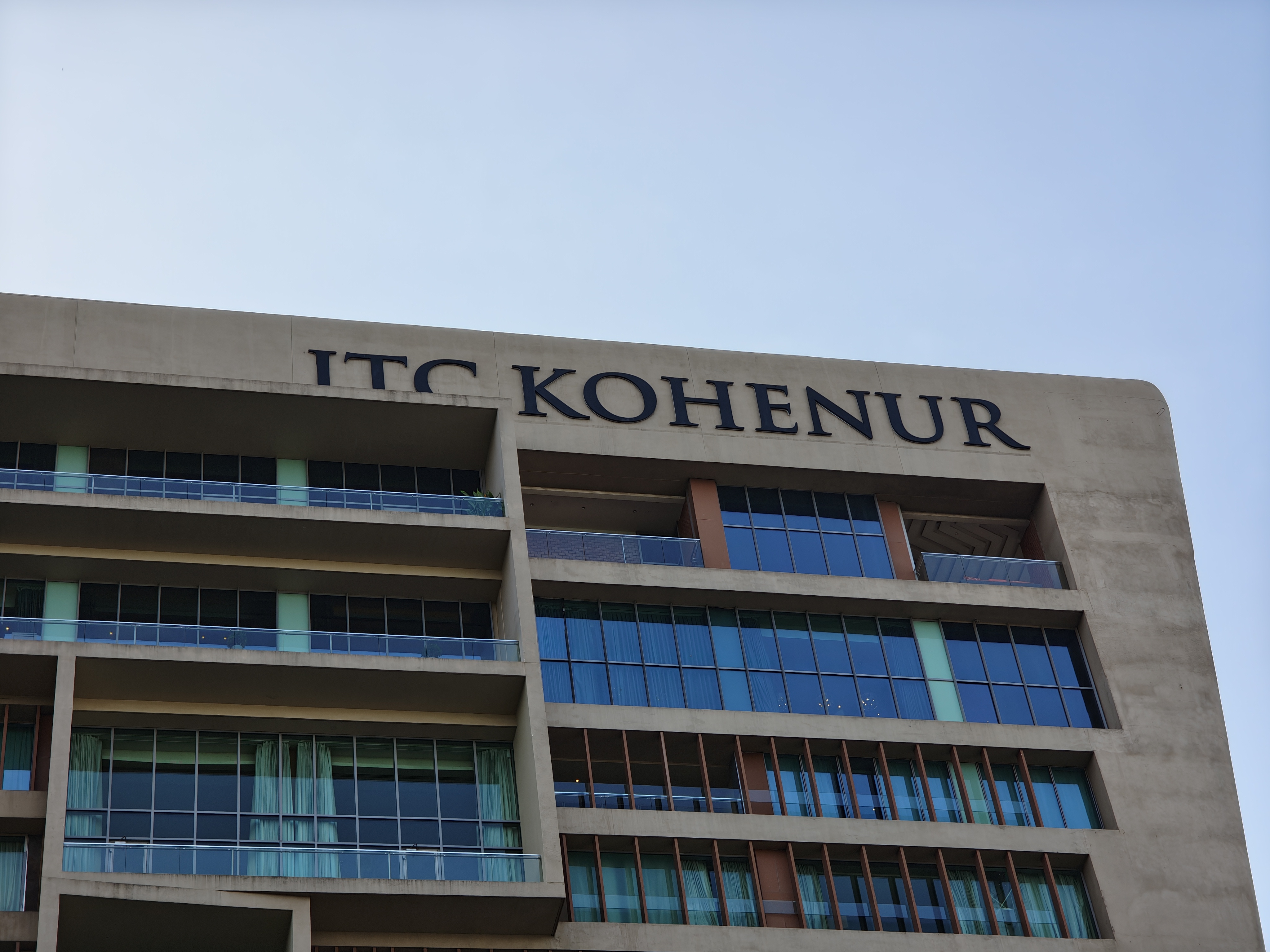
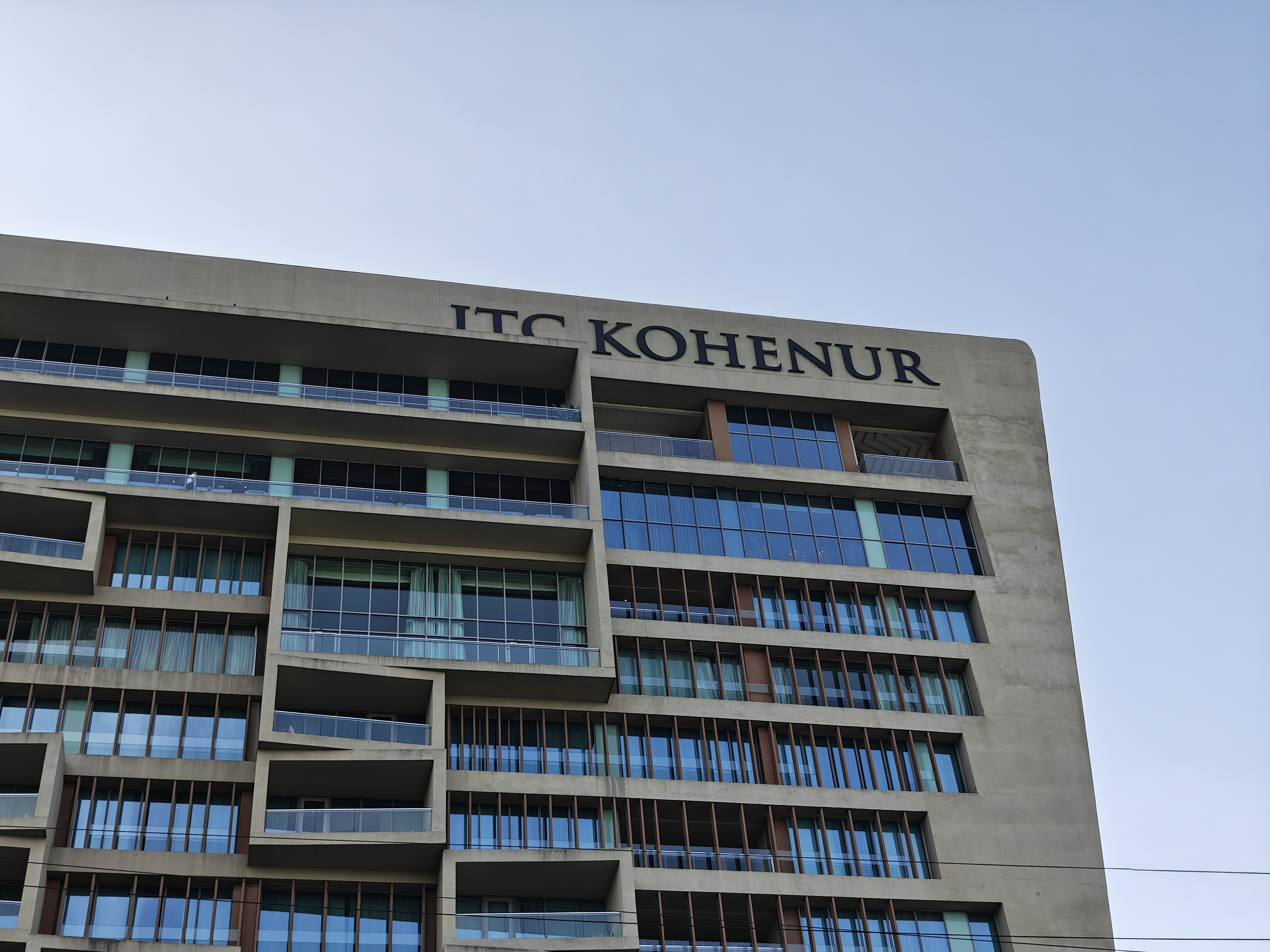

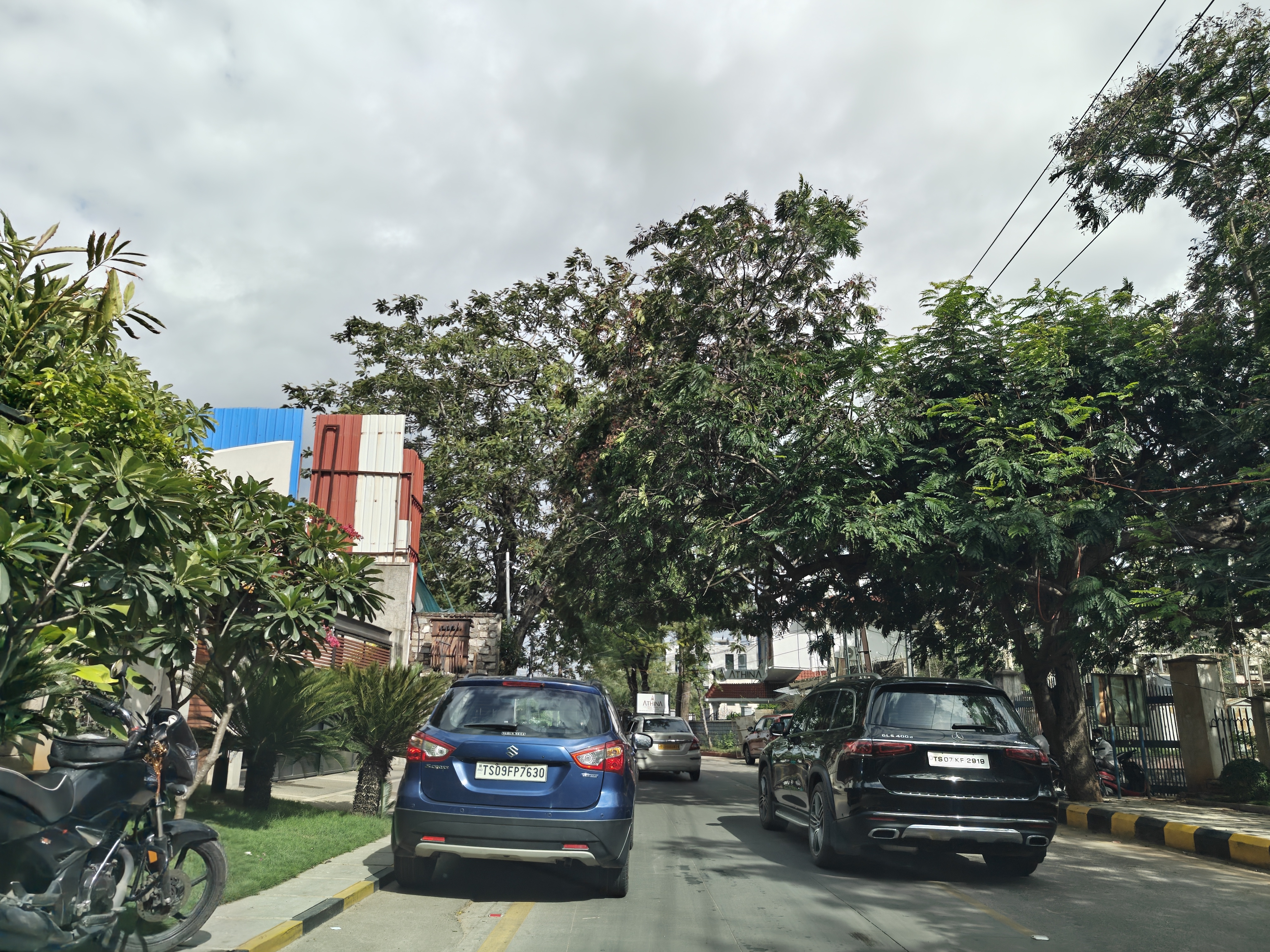
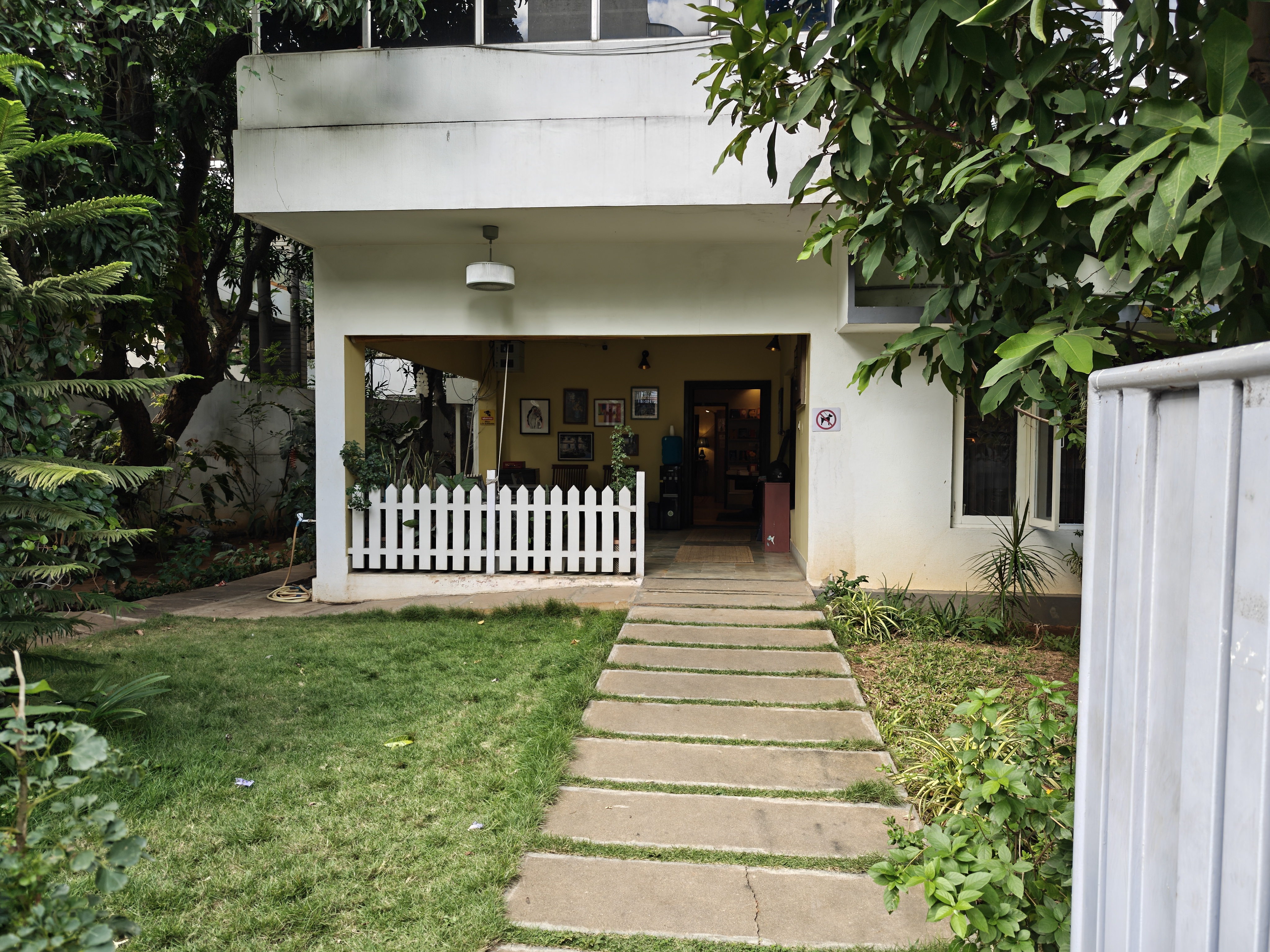
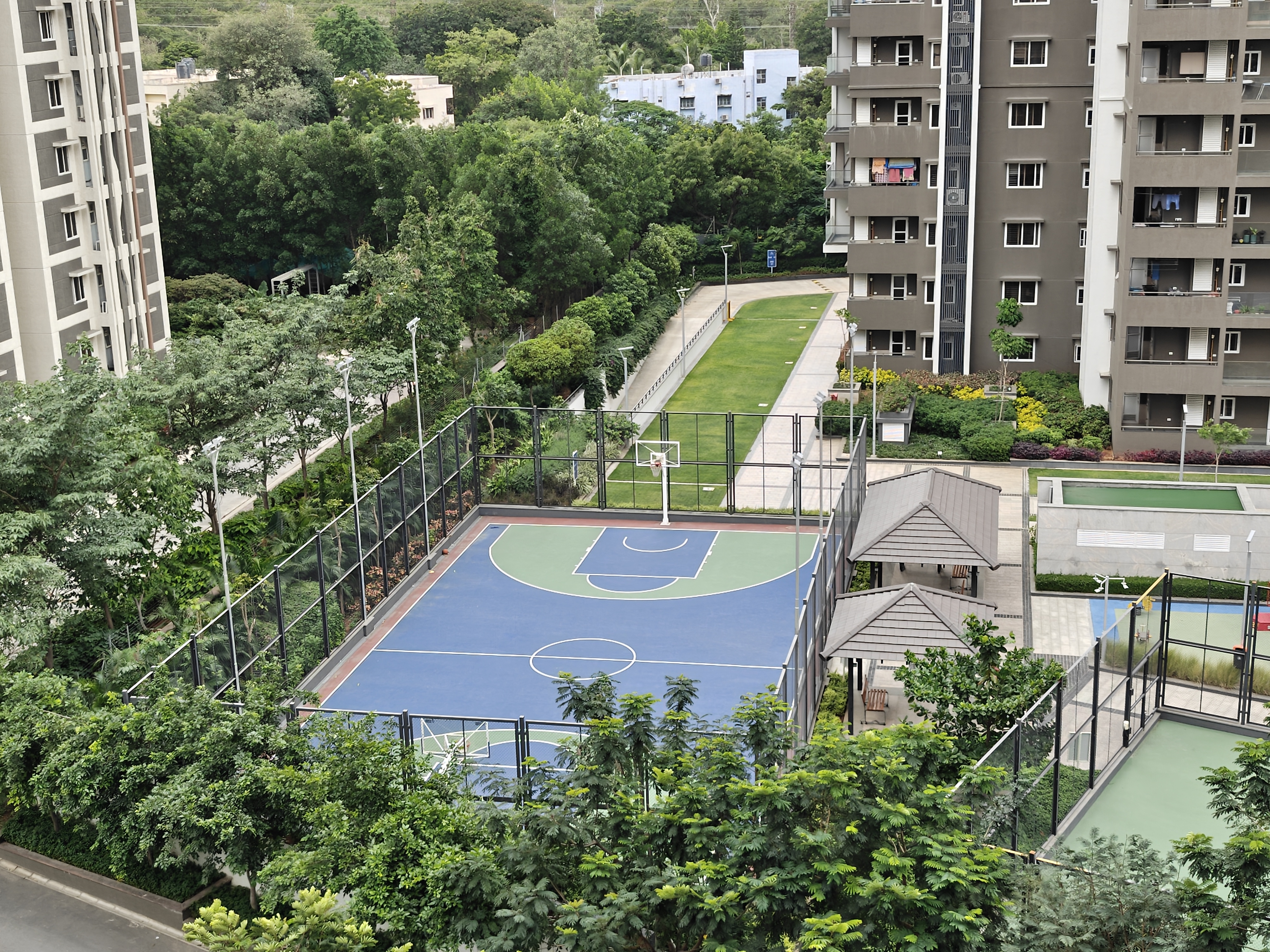
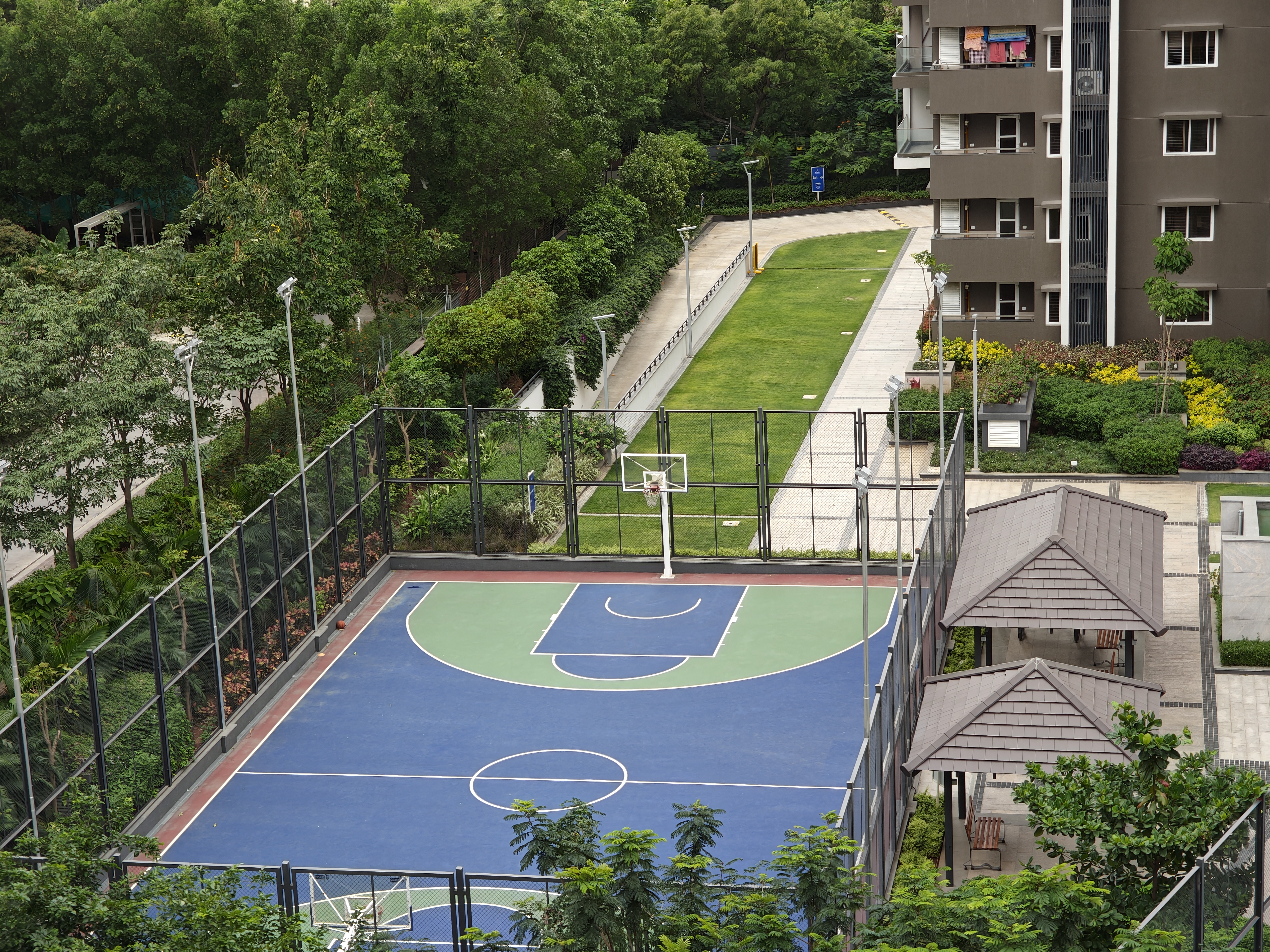
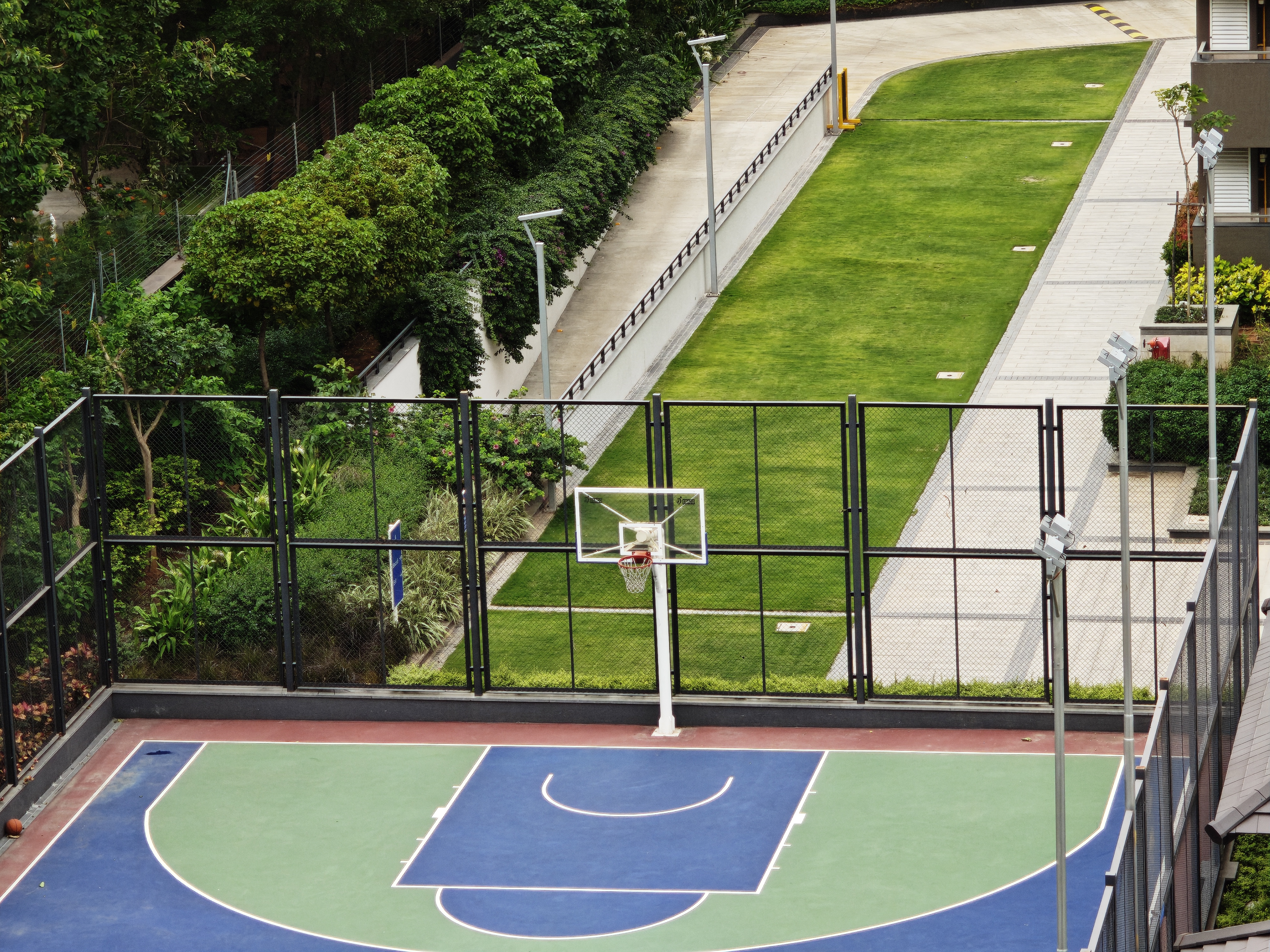
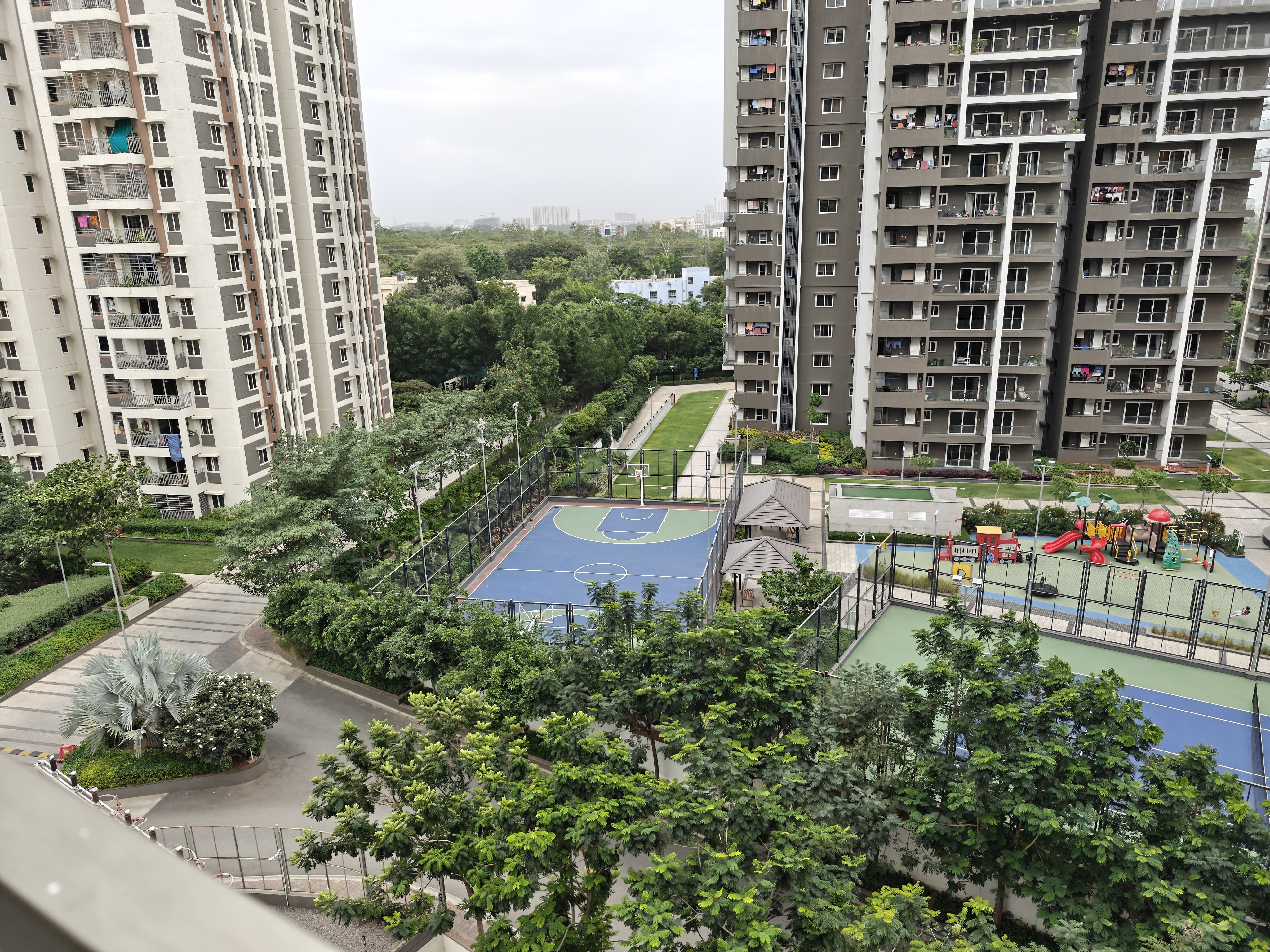

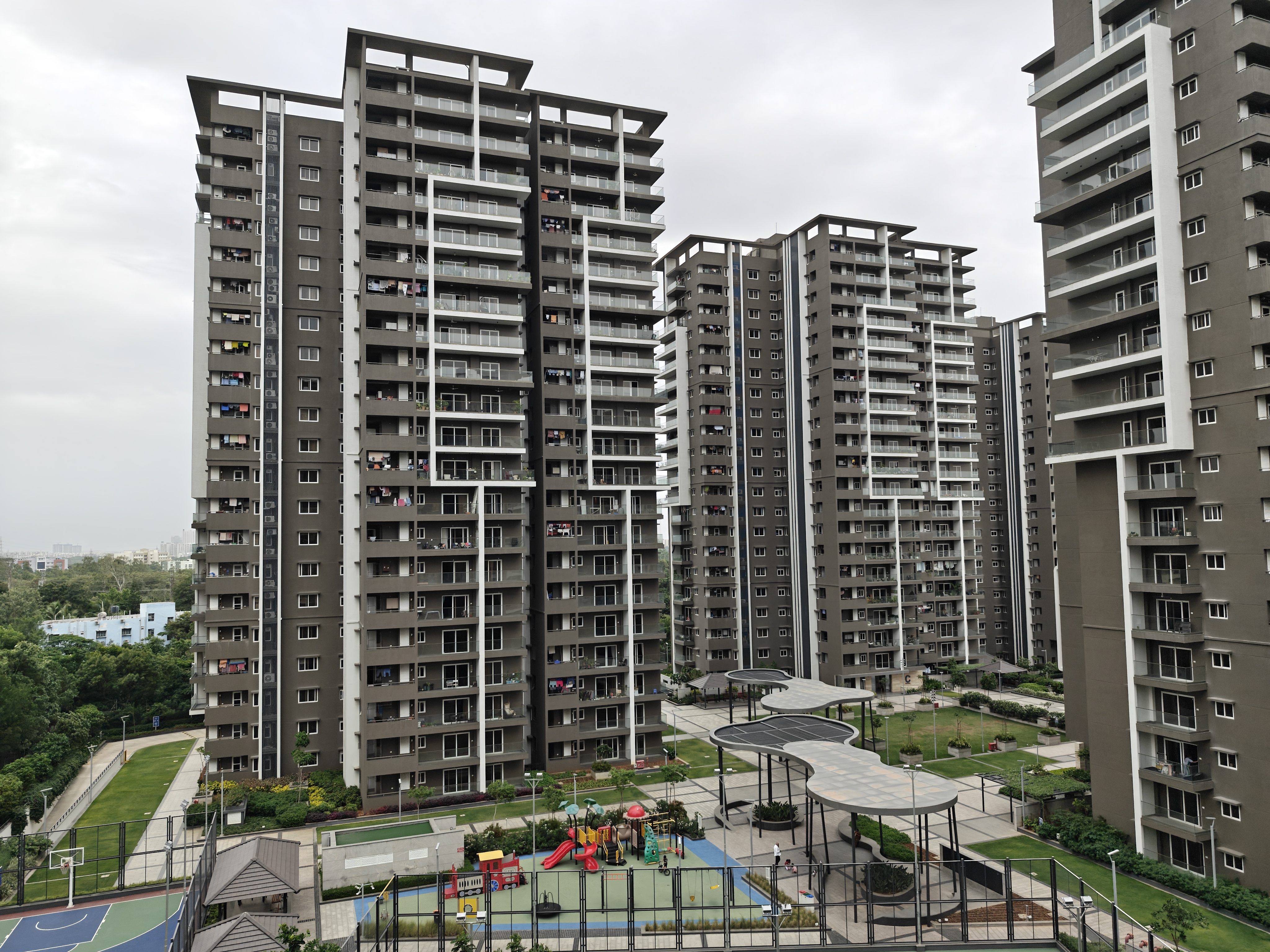
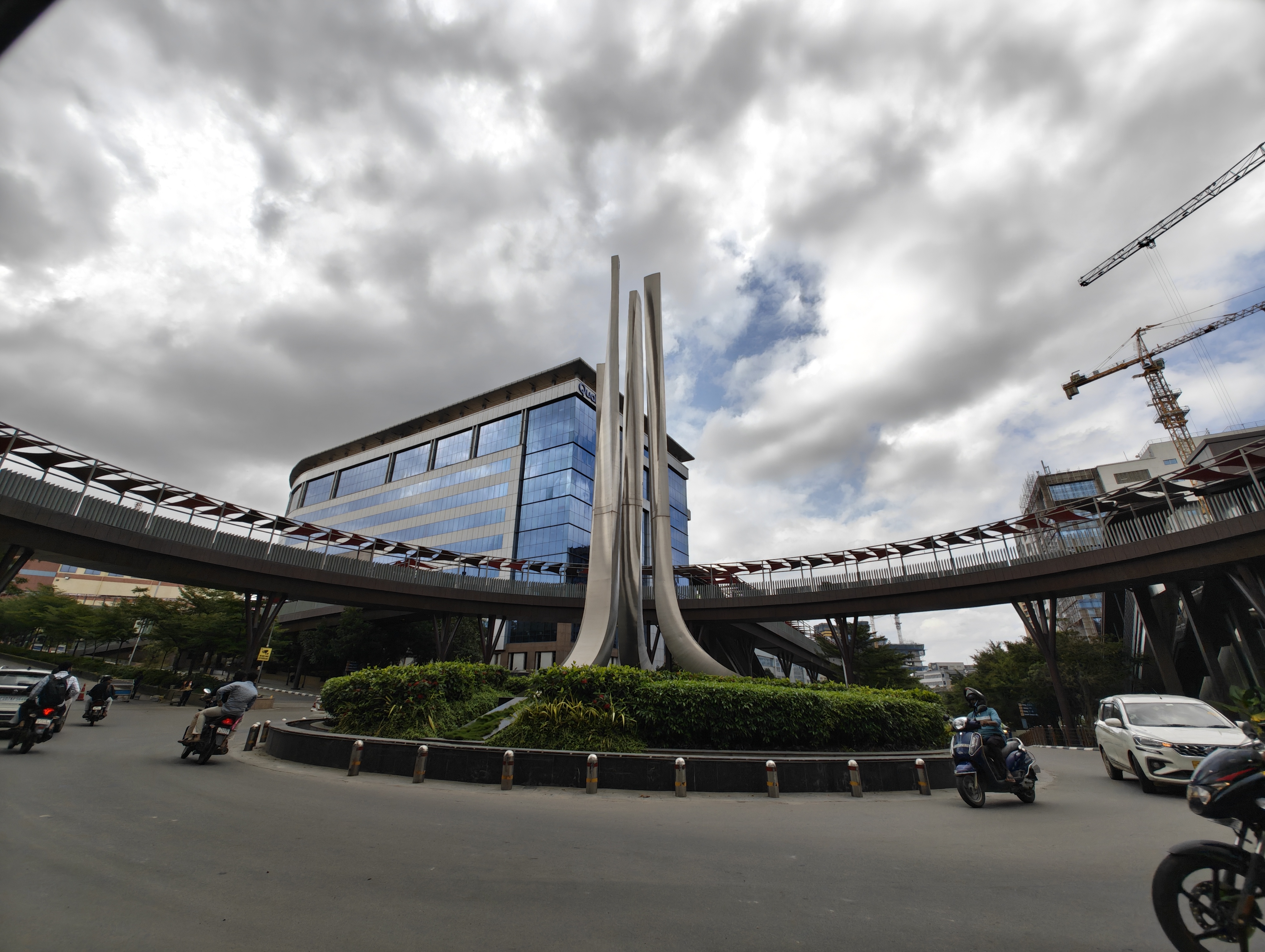


Predictably, the Phone 3 takes great photos in daylight situations. Resultant shots have good color balance and detail, and they're not overly saturated. Foliage is rendered well, and there isn't any aggressive smoothing. The phone does really well in low-light scenarios as well, producing vivid images with little to no visible noise.
The tele lens is good in its own right, delivering usable shots at up to 6x. It doesn't quite have the same tonal balance as the main camera, but it is a decent showing nevertheless. The main camera does well with portrait shots as well, but you don't get the same level of bokeh as other phones.
While the Phone 3 has the best camera package of any Nothing phone, it doesn't measure up to its Chinese rivals. The Vivo X200, X200 Pro, Xiaomi 15, Find X8, Find X8 Pro, and OnePlus 13 all outmatch the Phone 3 when it comes to taking photos and videos, and Nothing still has some ways to go before it can hold its own in this area.
Nothing Phone 3: Software
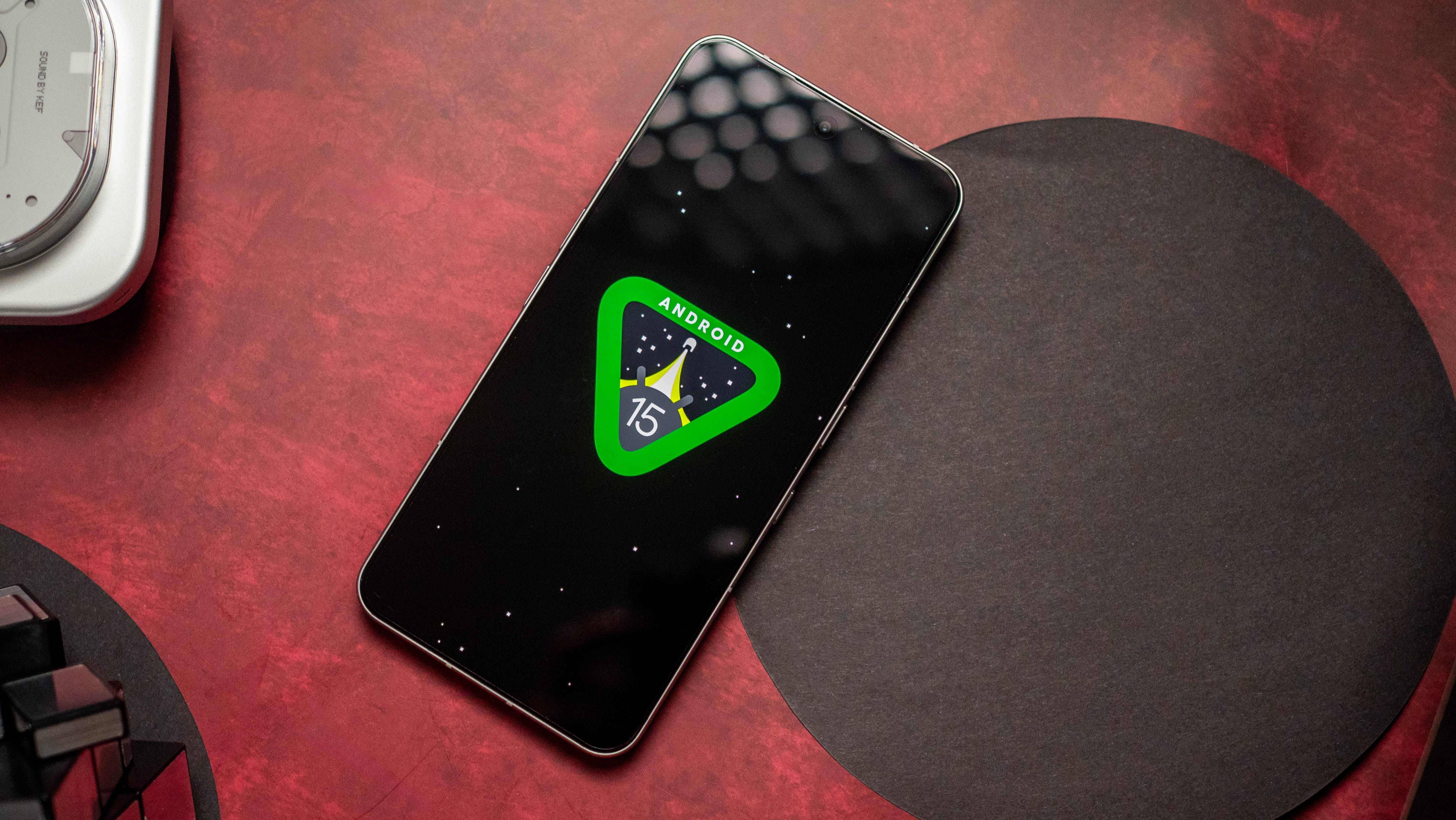
- Nothing OS 3.5 has a clean interface with bold colors and unique widgets.
- The software is fun to use, and it is one of my favorite skins.
- The phone isn't launching with Android 16.
Nothing has one of the best software interfaces of any Android phone currently available. The Phone 3 runs Nothing OS 3.5 based on Android 15, and the interface has good fluidity, clean styling with unique extras, and a decent amount of customizability. I like what Nothing does with its custom widgets, and they add a dash of vibrancy to the UI.
Essential Space is a notable addition that lets you store screenshots in a dedicated section, and it leverages AI to extract key information — think of it as a scratch pad to store useful details. It is now out of beta, and comes with a built-in recorder that's delightful to use — it evokes memories of the Teenage Engineering TP-7.
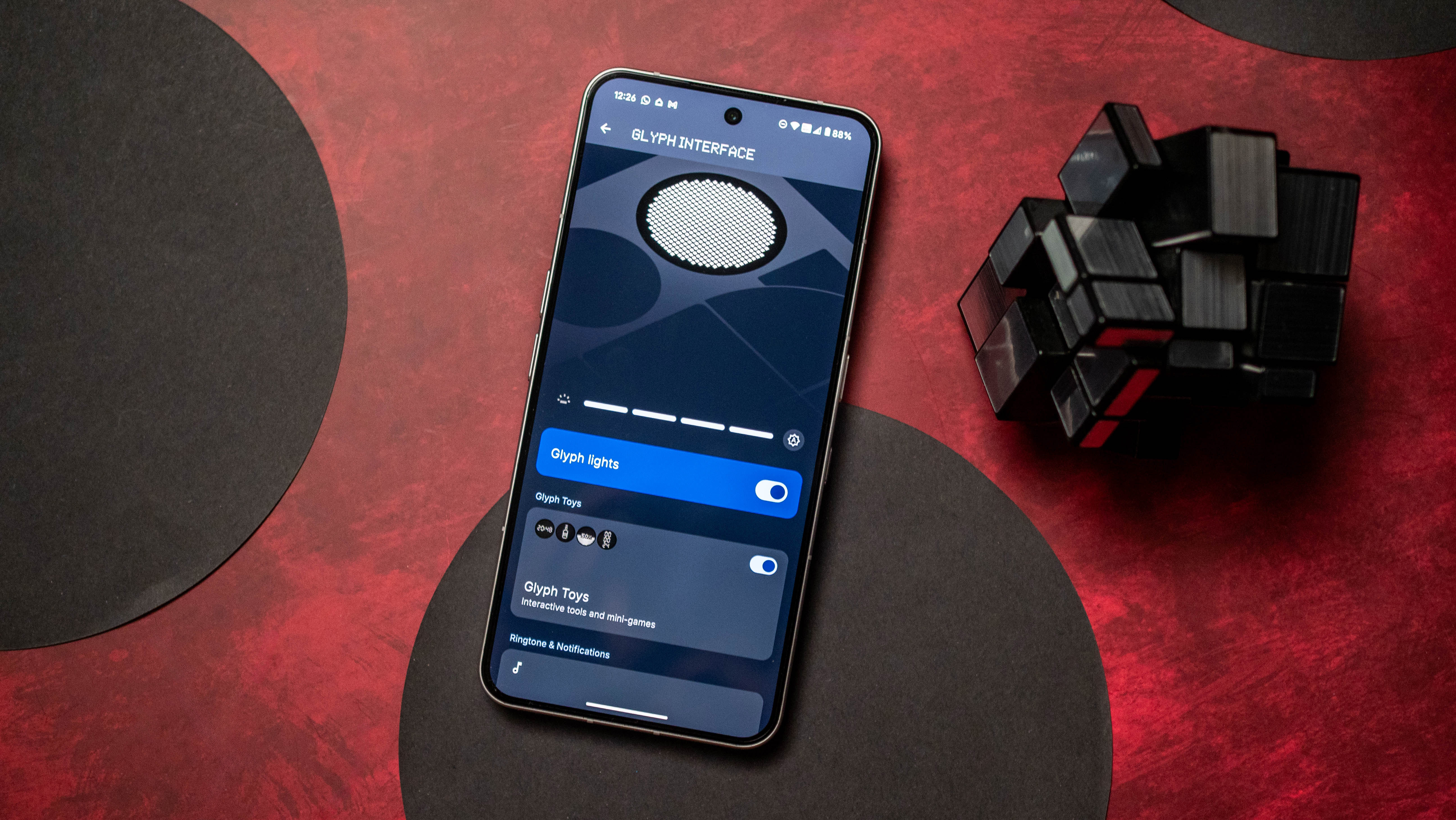
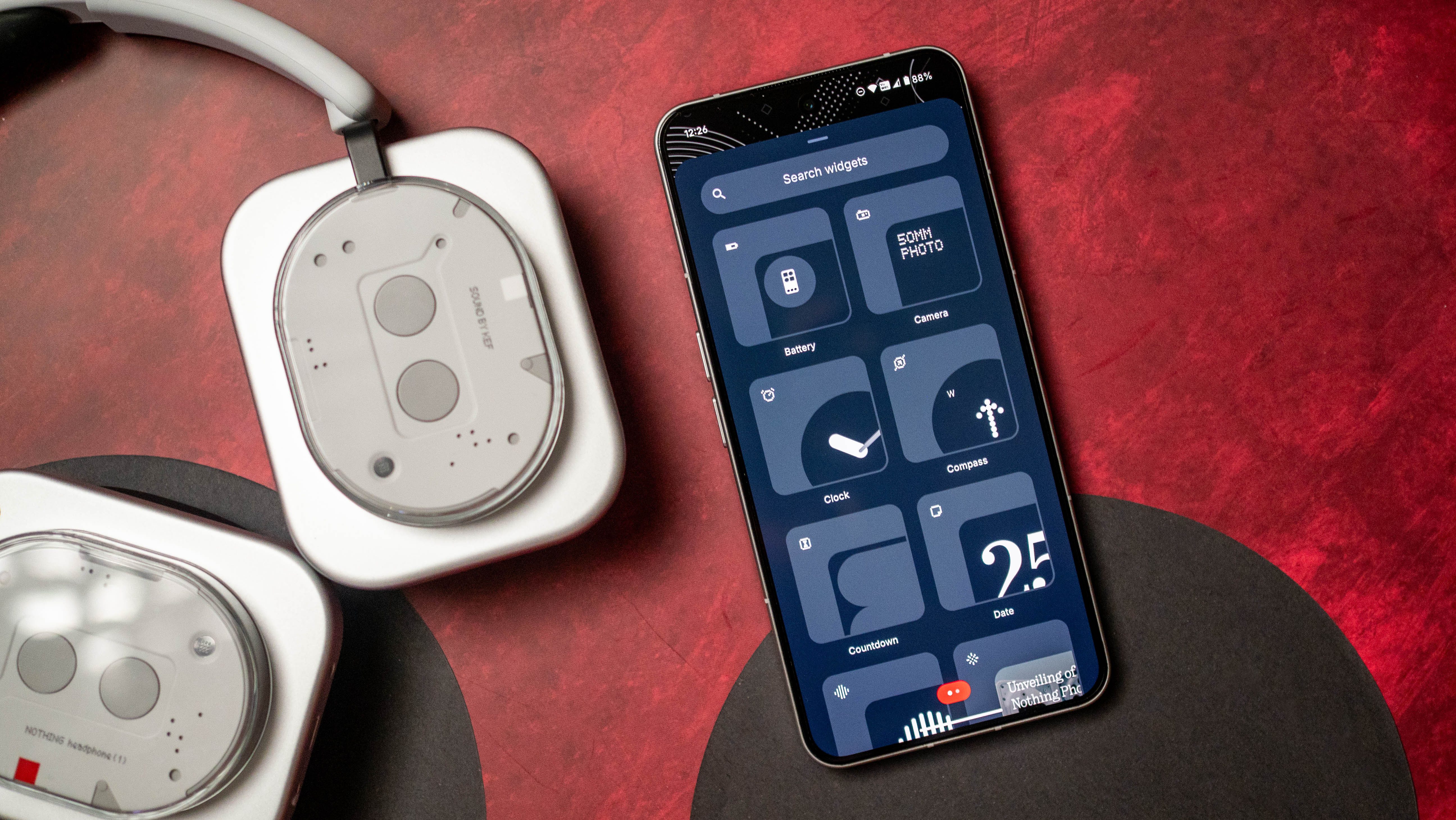
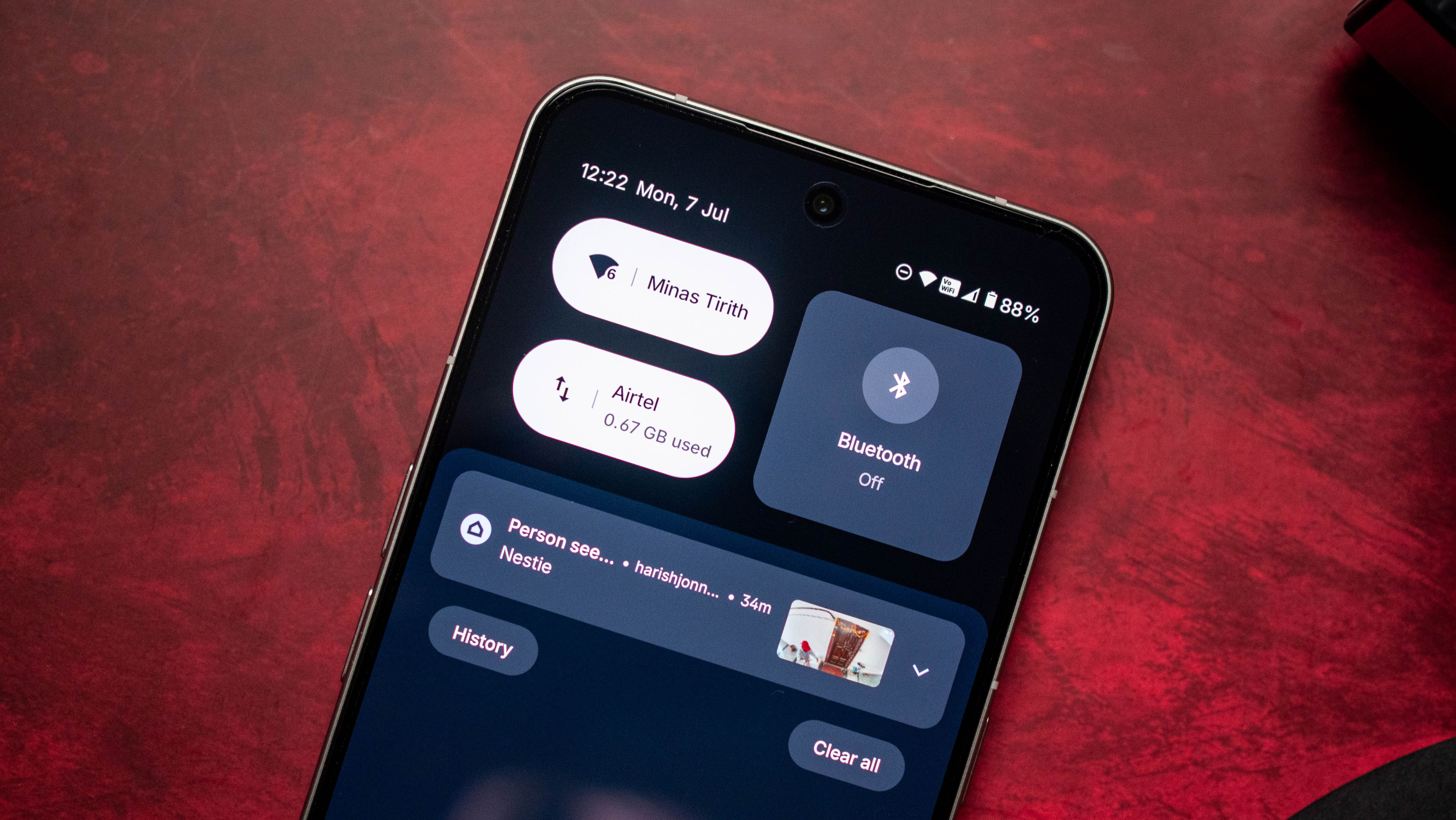
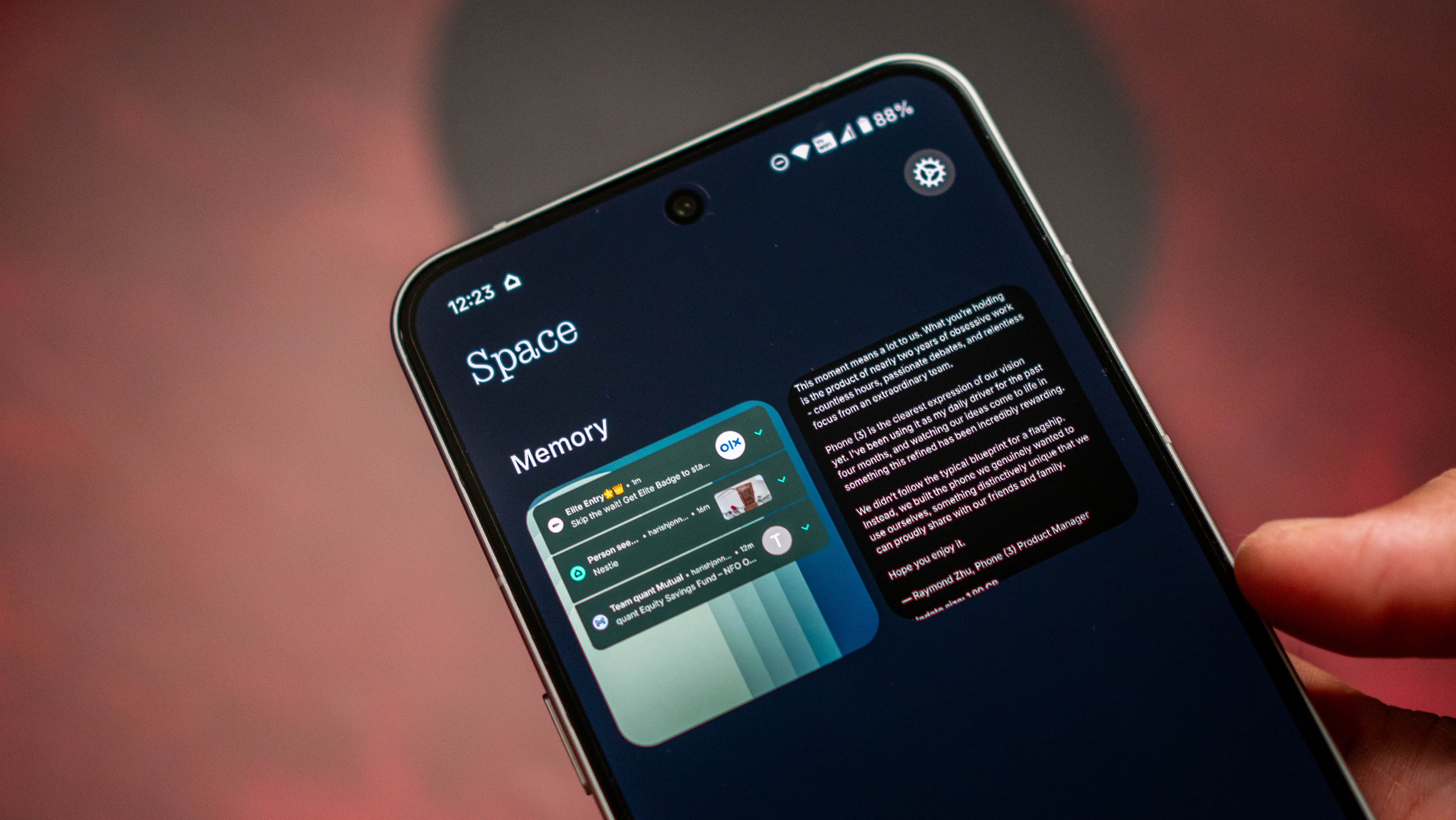
While you don't get quite as many features as other Android skins, there isn't any bloatware either, and Nothing offers the right balance in this area. That said, I ran into a few quibbles; the 5 x 5 grid is positioned slightly lower than on other devices, so I was constantly triggering the wrong app.
Also, the Phone 3 is launching with Android 15; the Android 16 stable build has been available for a month now, so I don't really see why Nothing couldn't have debuted the Phone 3 with it instead. The device will get five Android OS updates along with seven years of security patches, and while that's great, Nothing isn't the fastest at rolling out updates.
Nothing Phone 3: The competition
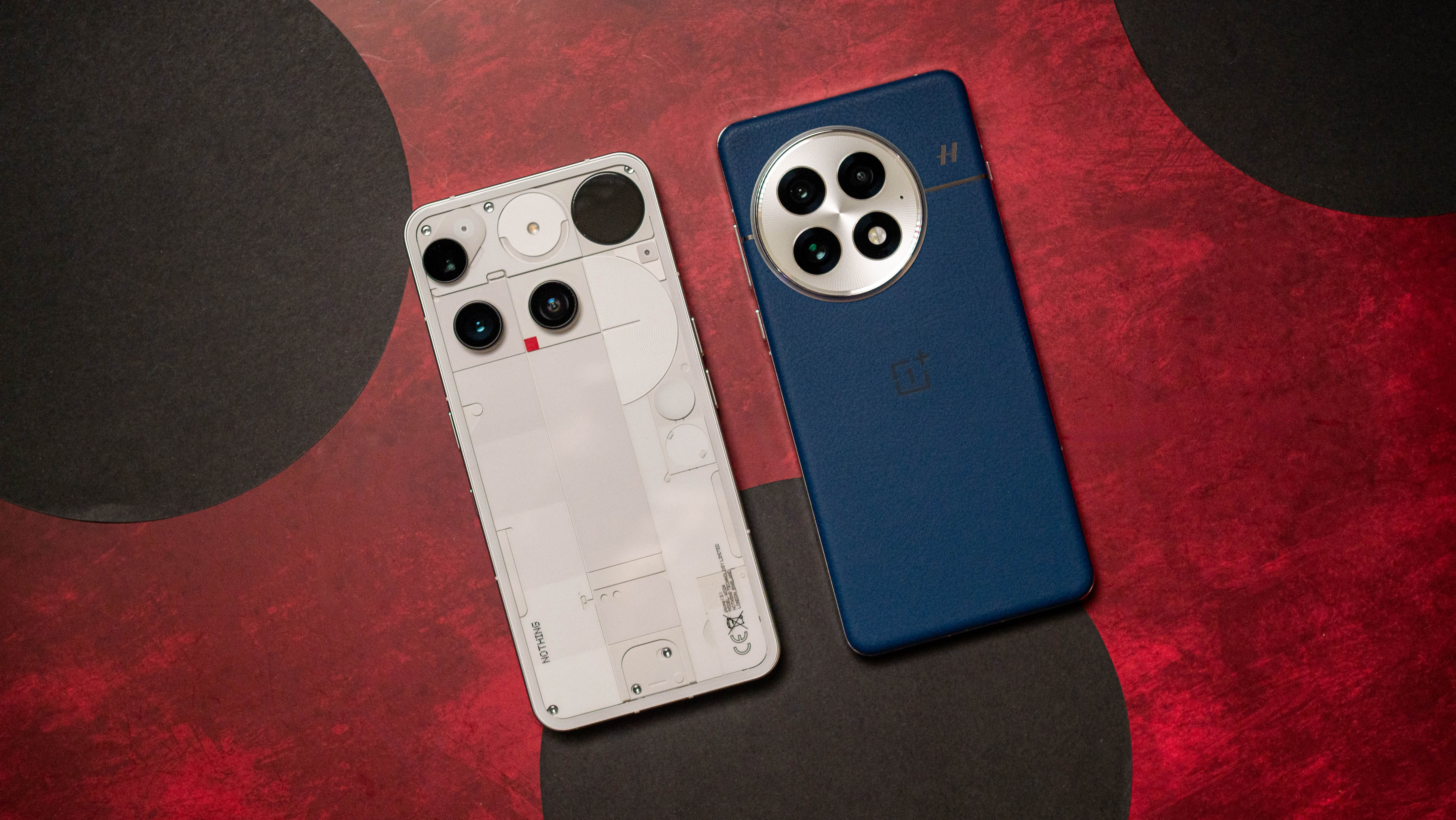
The OnePlus 13 is the obvious alternative to the Phone 3. It costs less, has better internal hardware, and you don't miss out on any of the extras. The software isn't anywhere as good — I much prefer Nothing OS 3.5 to OxygenOS 15 — but it has good fluidity. You also get a bigger battery, better cameras at the back, and a brighter AMOLED panel.
If you're in a country where the iQOO 13 is available, that device is my go-to recommendation. It excels at the basics, and while the design doesn't stand out, you get incredible hardware and battery life, and the software is pretty good — if not on the same level as the Phone 3. Where the iQOO 13 shines is the value — there just isn't another phone that gives you as much for your money.
Nothing Phone 3: Should you buy it?
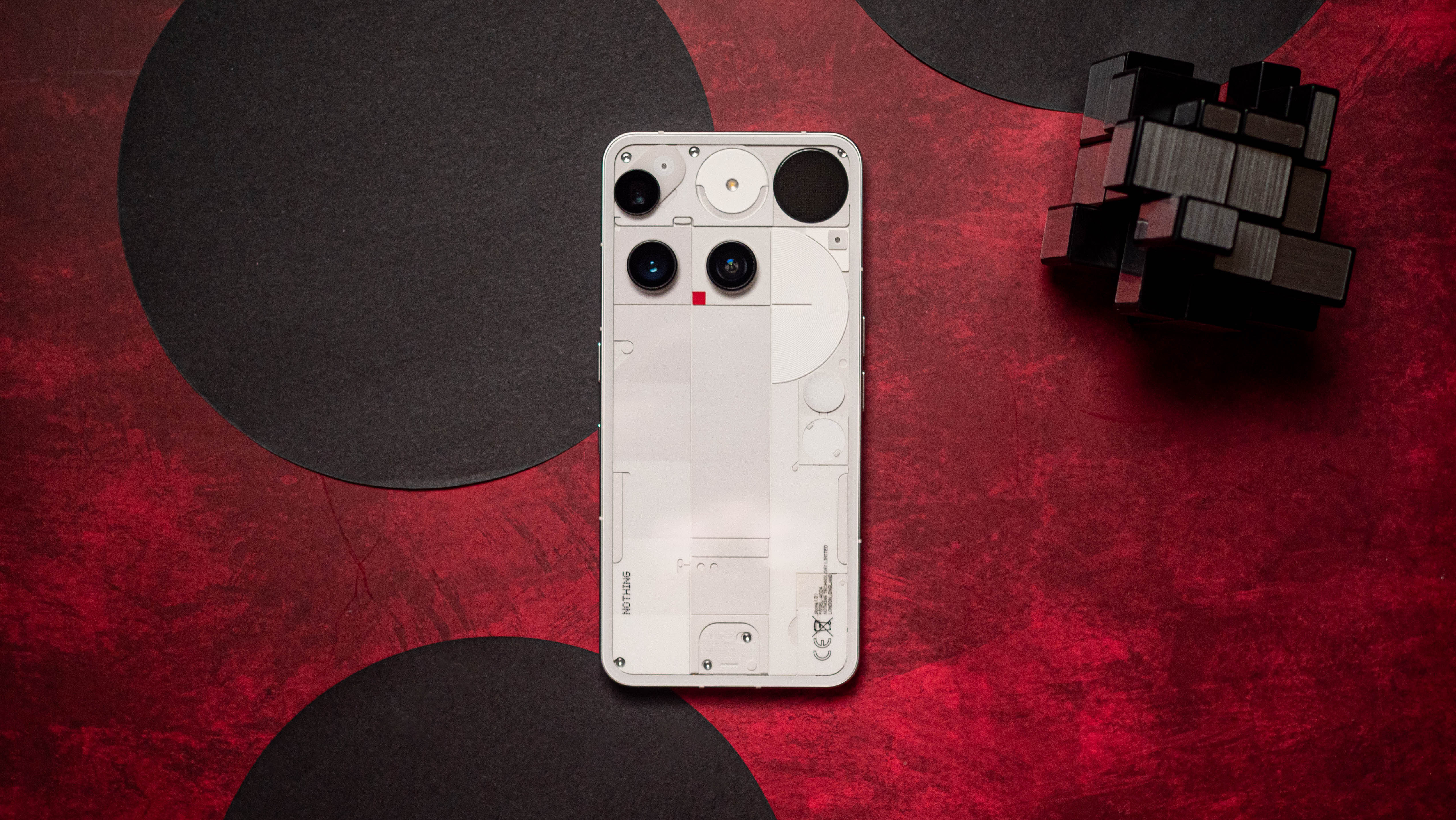
You should buy this if:
- You want a phone with a distinctive design
- You prioritize software over hardware
- You want a phone with good battery life
You shouldn't buy this if:
- You want the fastest internals
- You need the best cameras
- You want a true flagship
The fact that Nothing managed to launch a phone with this level of sophistication is an achievement in and of itself. The Phone 3 has a unique design, great software with fun widgets and AI utilities that you'll actually use, and cameras that are much better than any other Nothing phone until now.
However, it just isn't worth the asking price — not when there are more capable alternatives available. At the end of the day, that's the biggest limiting factor with the Phone 3; it isn't a bad phone by any measure, but it doesn't stand out meaningfully against other flagships.
I get that Nothing isn't chasing specs and instead trying to differentiate the Phone 3 with a bold design and clean software, and that is evident when using the device. Although it doesn't have the best hardware, the Phone 3 is fluid in daily use, it delivers good photos and videos, and lasts all day. But the OnePlus 13 and iQOO 13 do the same, and ultimately, they're a better value.
If you like what Nothing is trying to achieve with the Phone 3 and don't mind some of the omissions, then you should get the device — it is a refreshing change of pace from other phones I tested in 2025. But if you want a true flagship, you'll need to look elsewhere.

The Phone 3 isn't anywhere as good a value as previous Nothing phones, but if that isn't an issue, you're getting a great package.

Harish Jonnalagadda is Android Central's Senior Editor overseeing mobile coverage. In his current role, he leads the site's coverage of Chinese phone brands, networking products, and AV gear. He has been testing phones for over a decade, and has extensive experience in mobile hardware and the global semiconductor industry. Contact him on Twitter at @chunkynerd.
You must confirm your public display name before commenting
Please logout and then login again, you will then be prompted to enter your display name.
